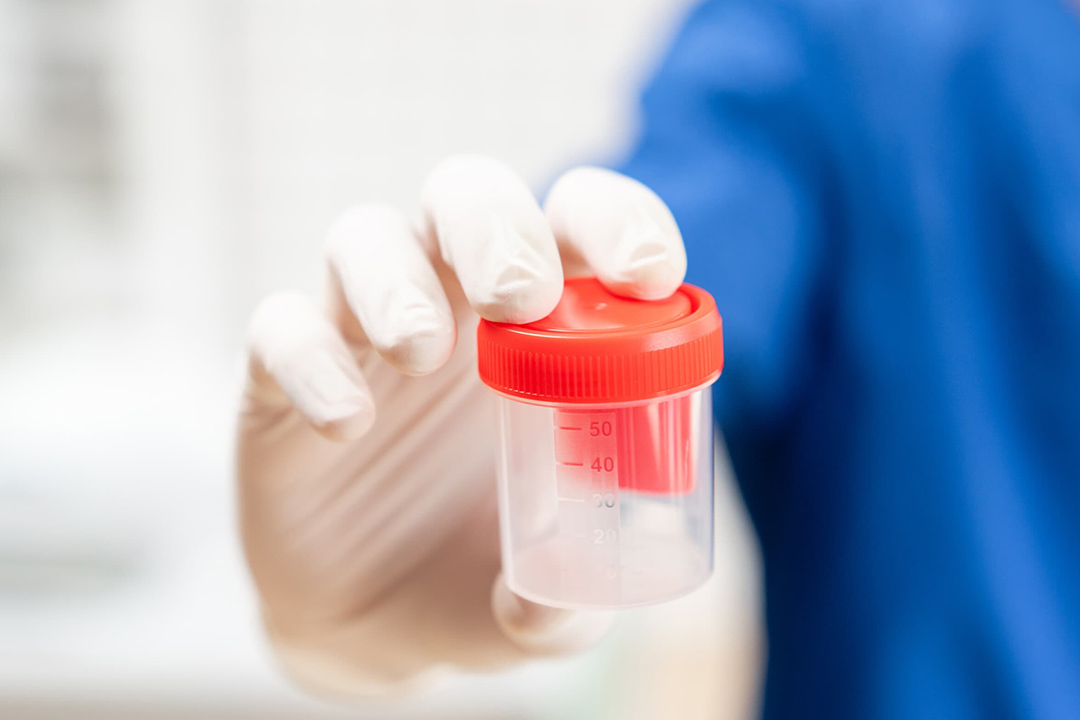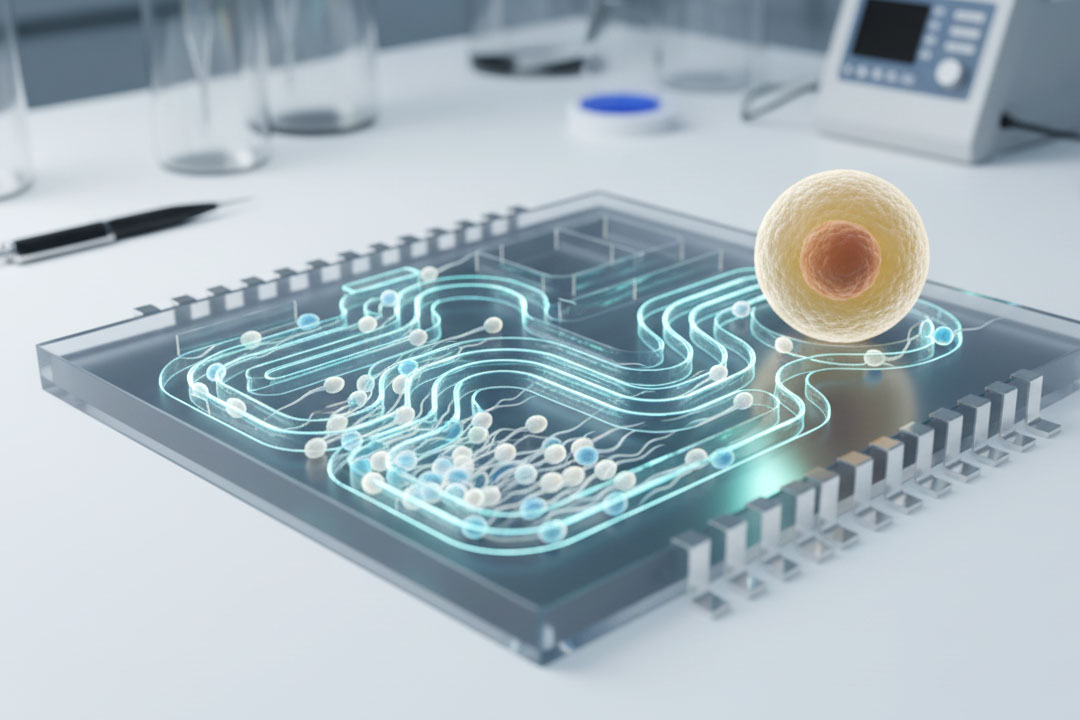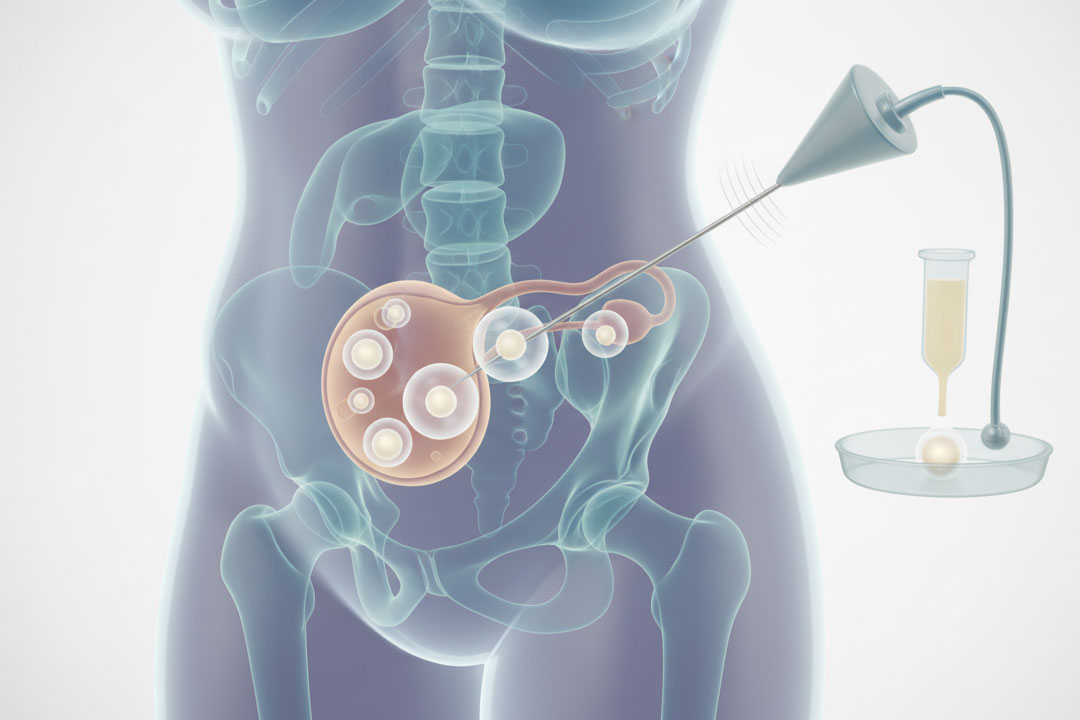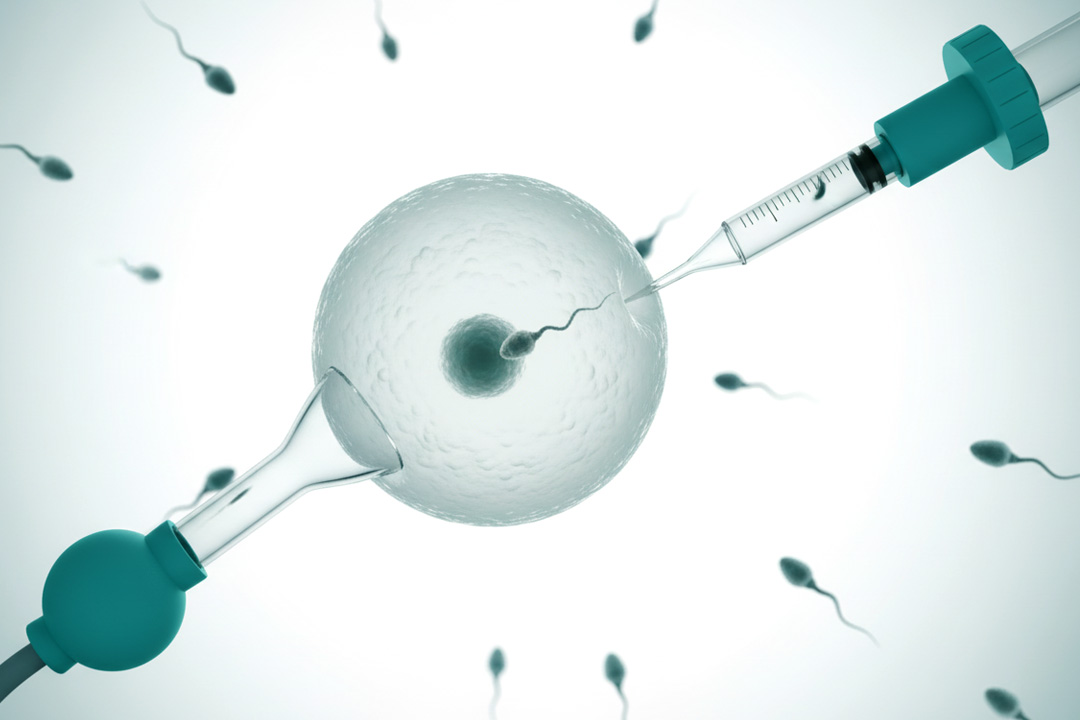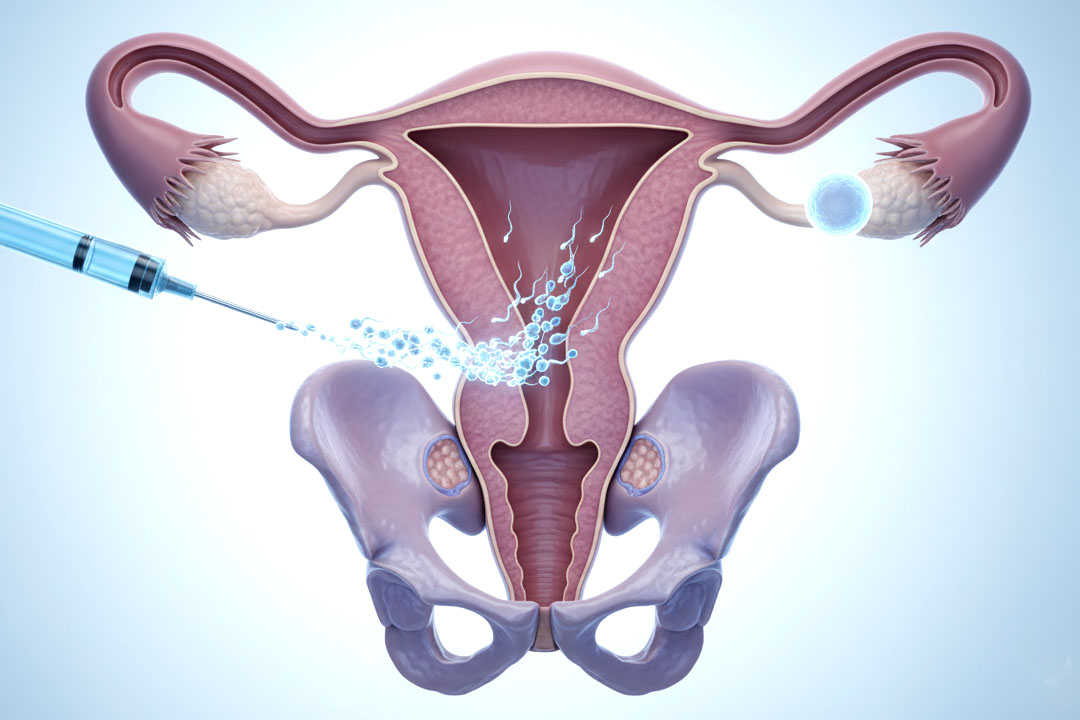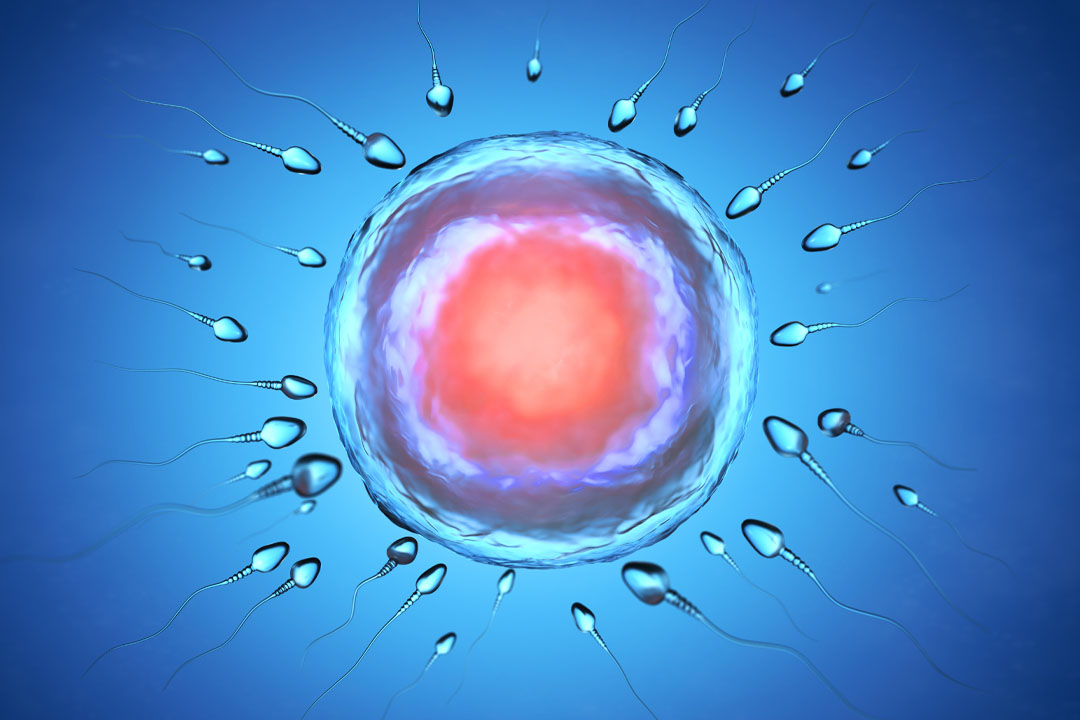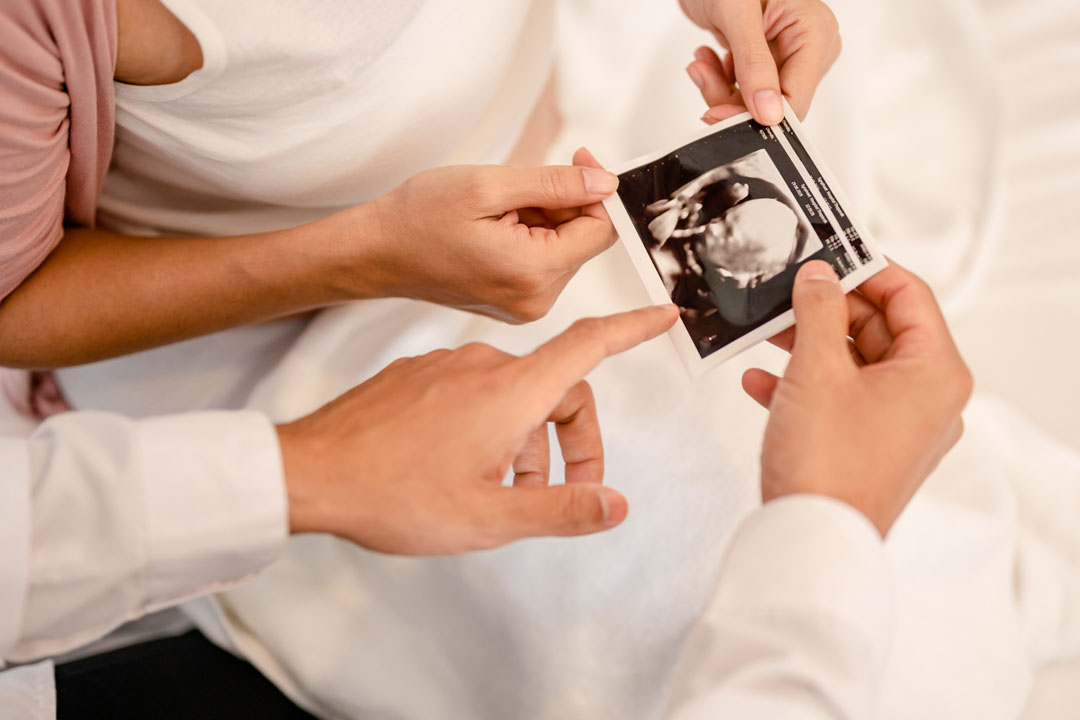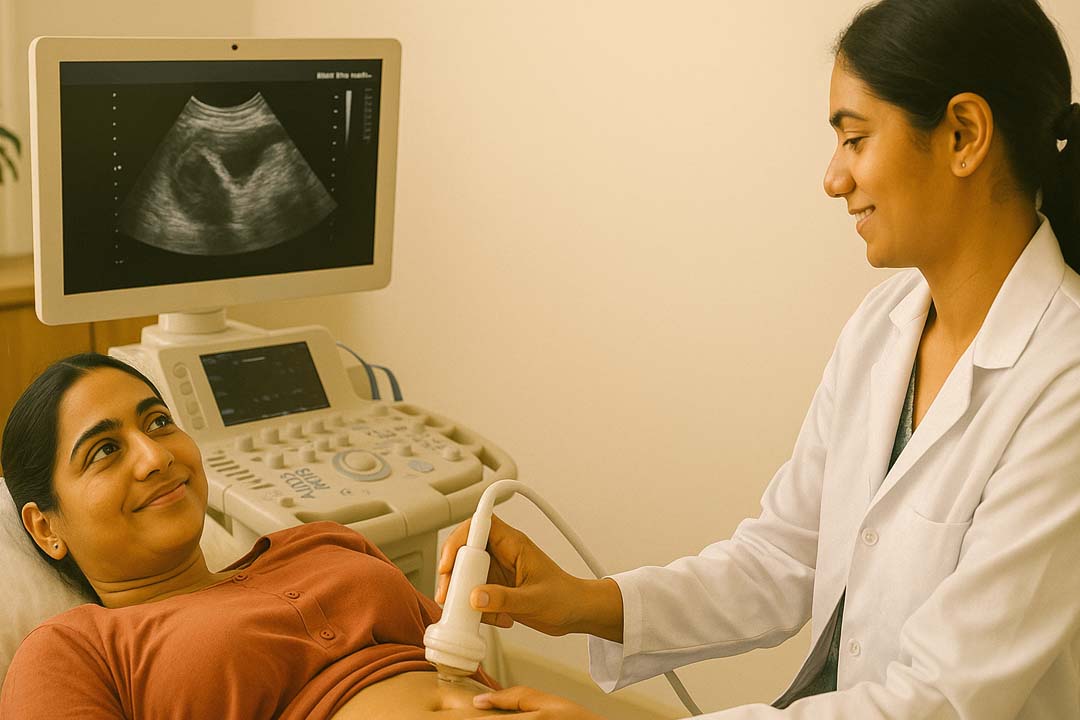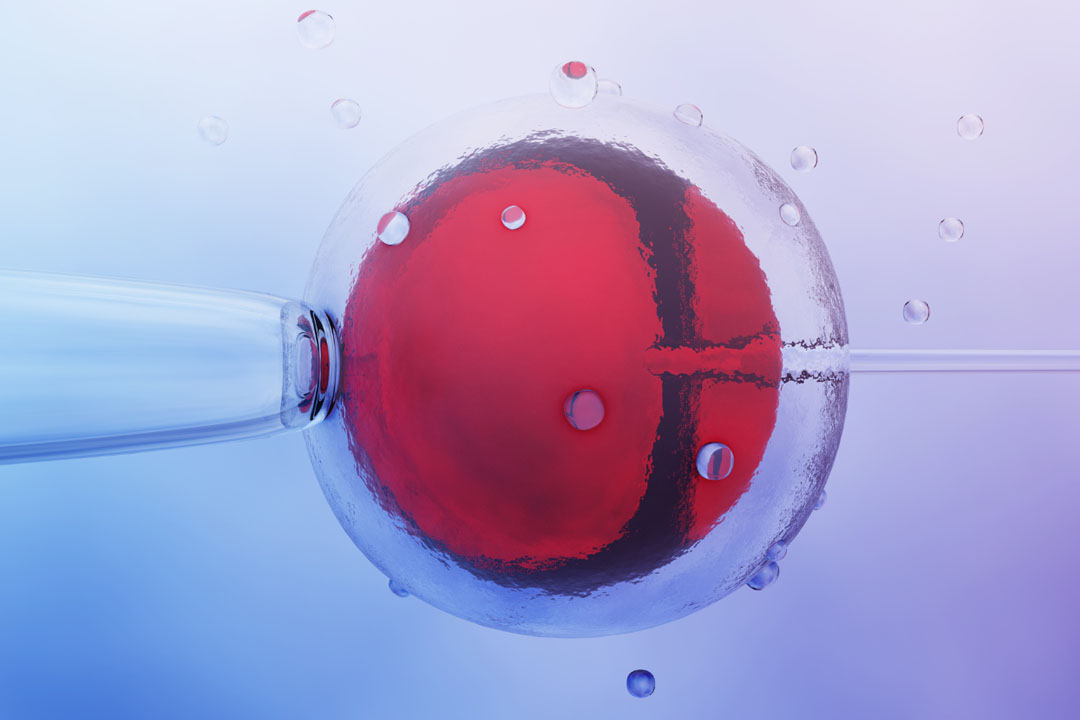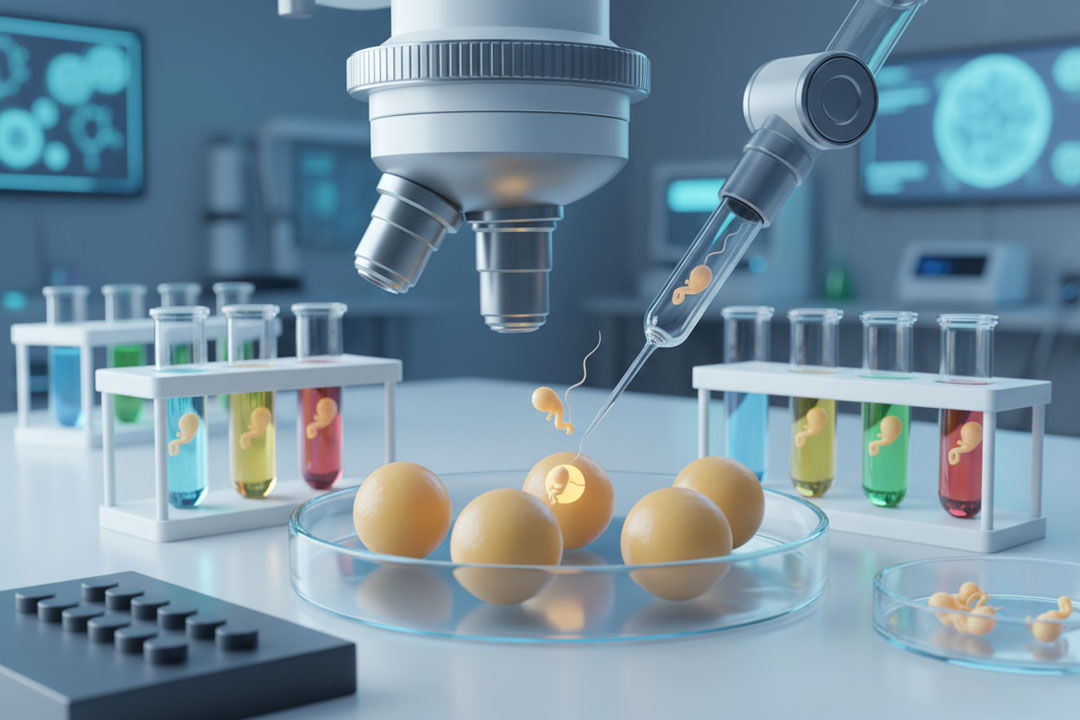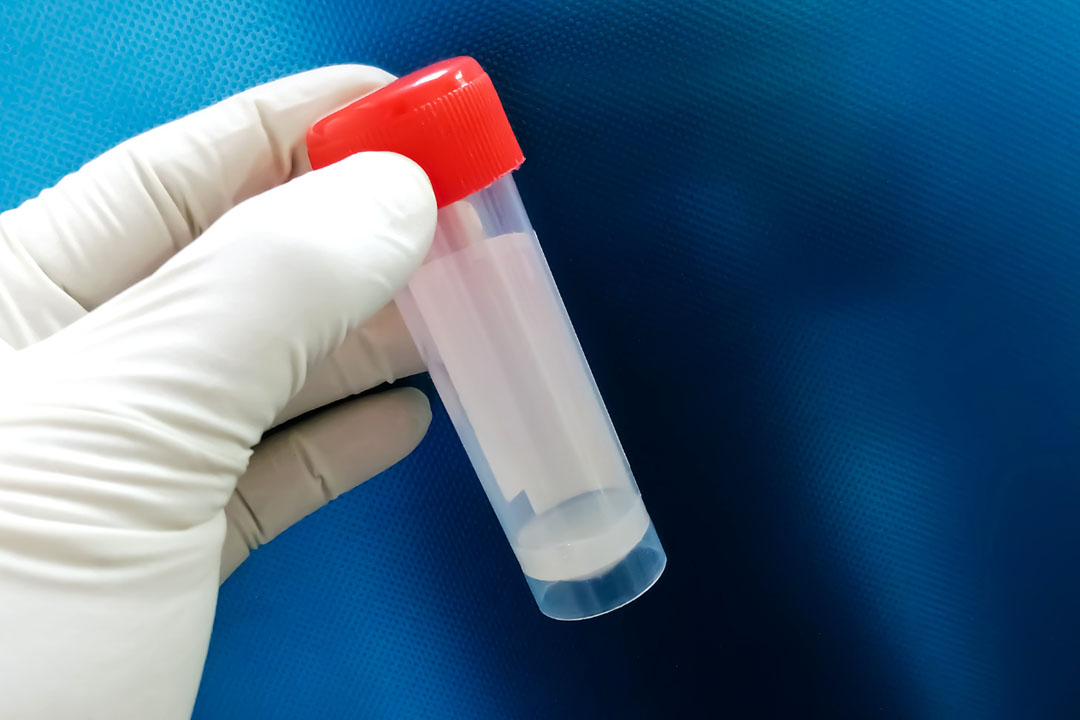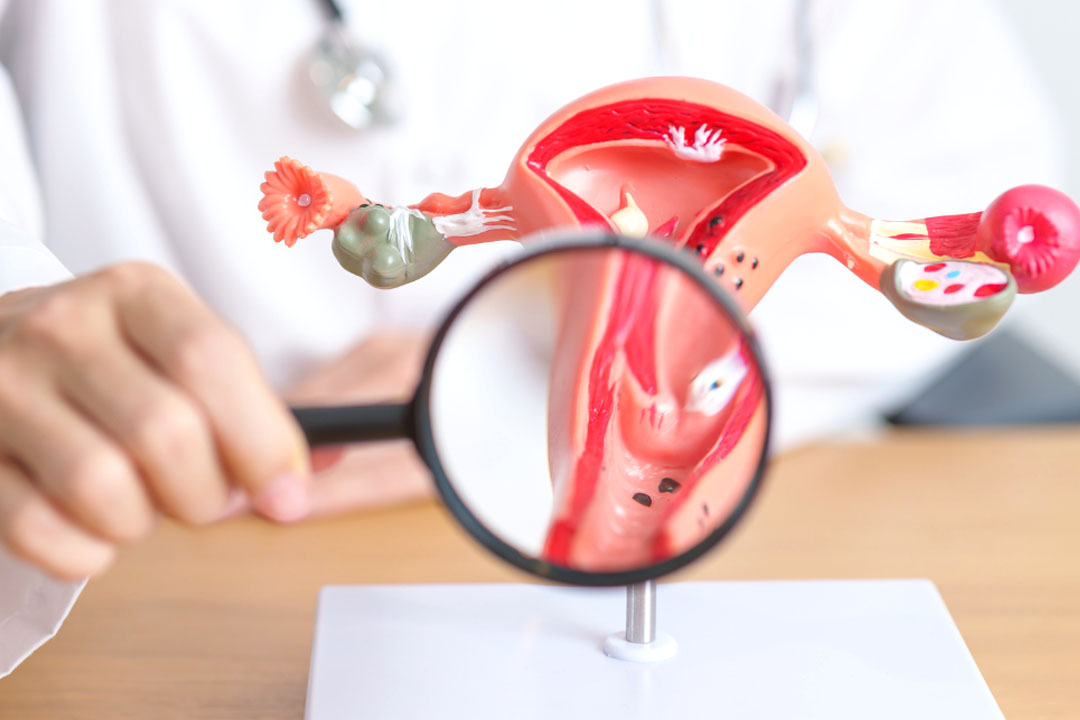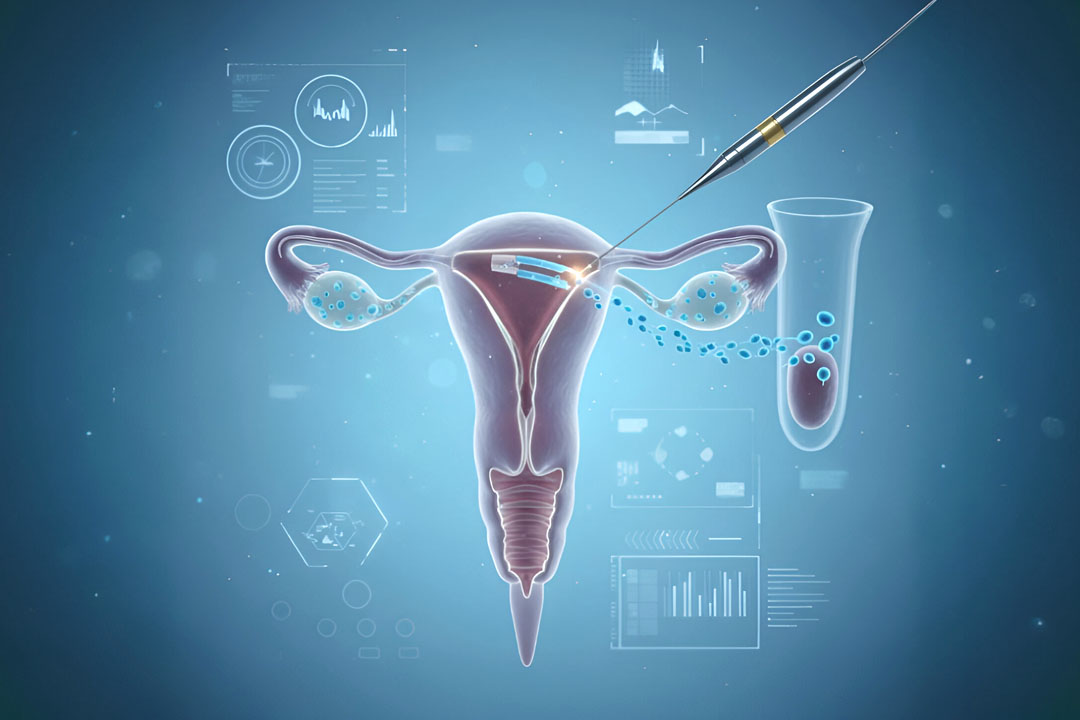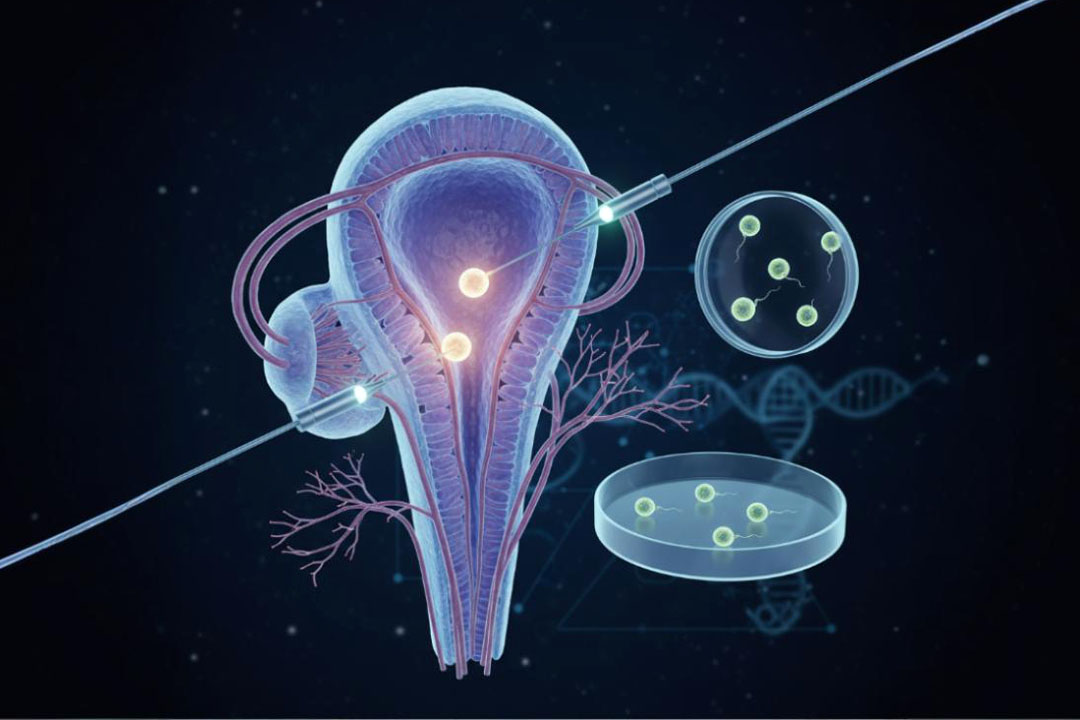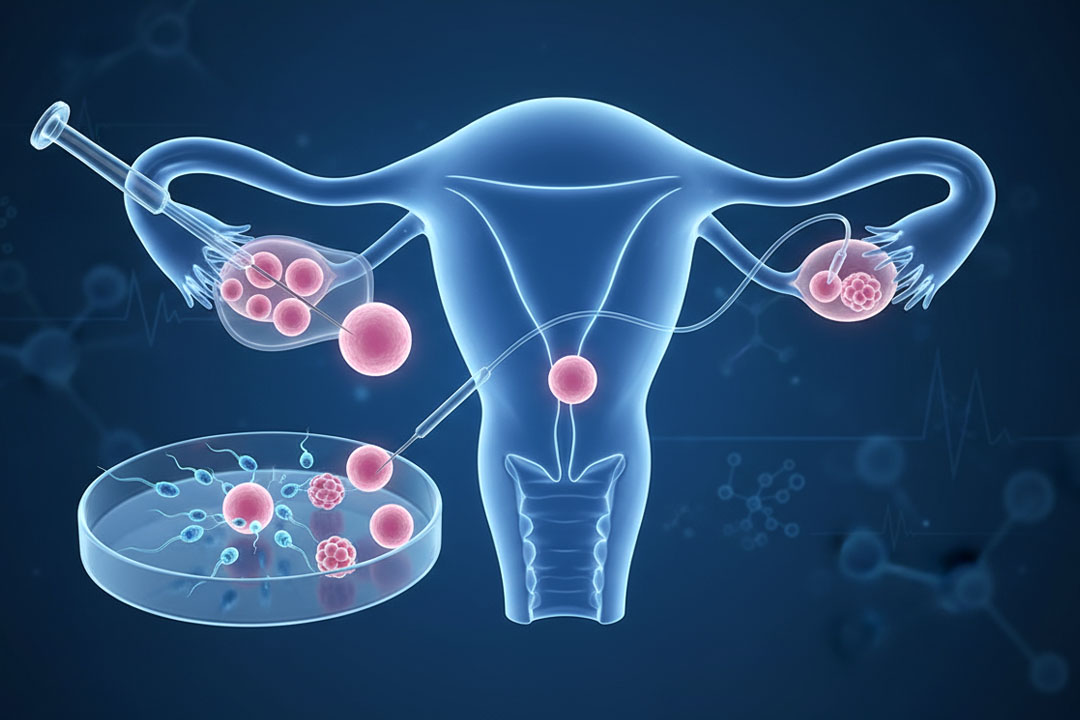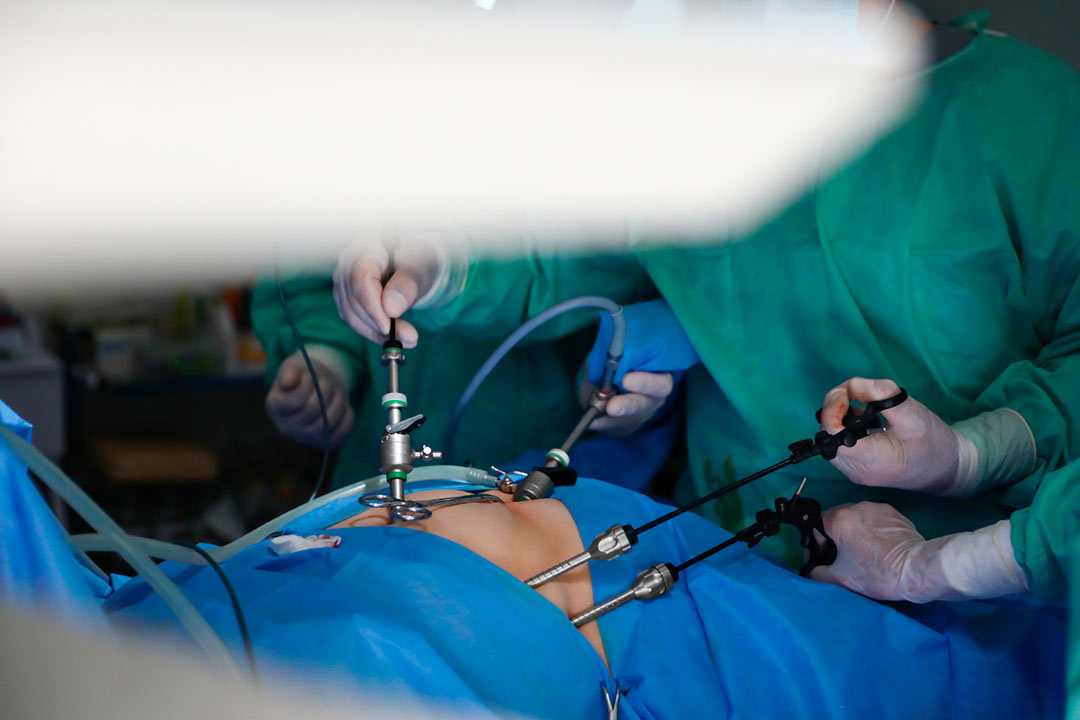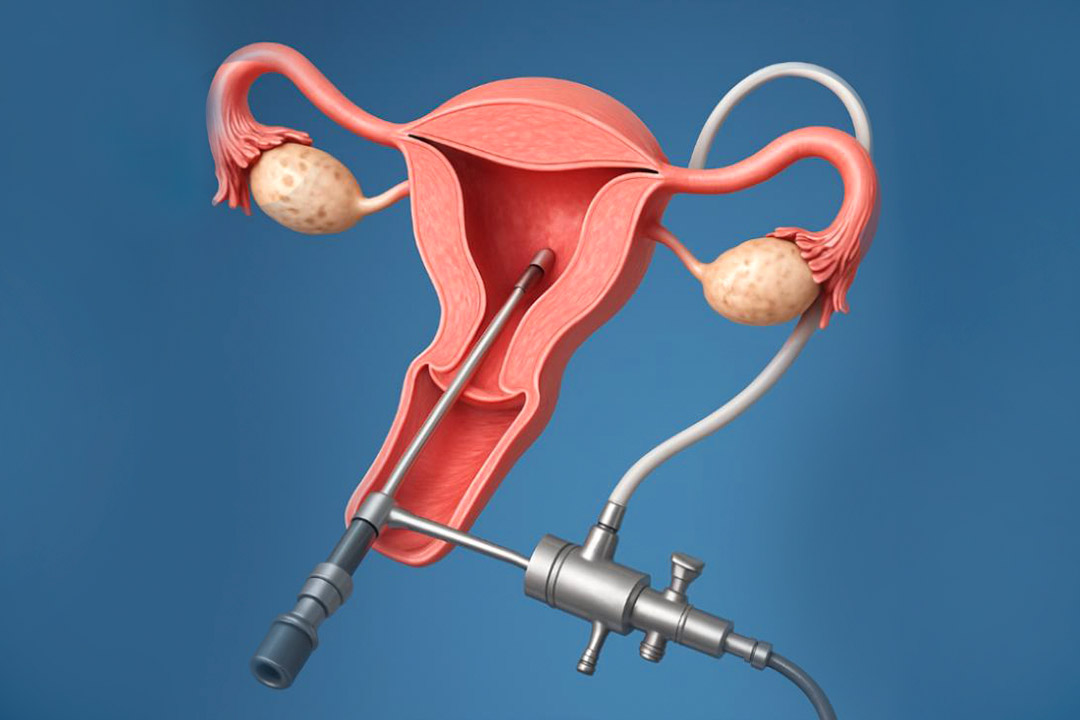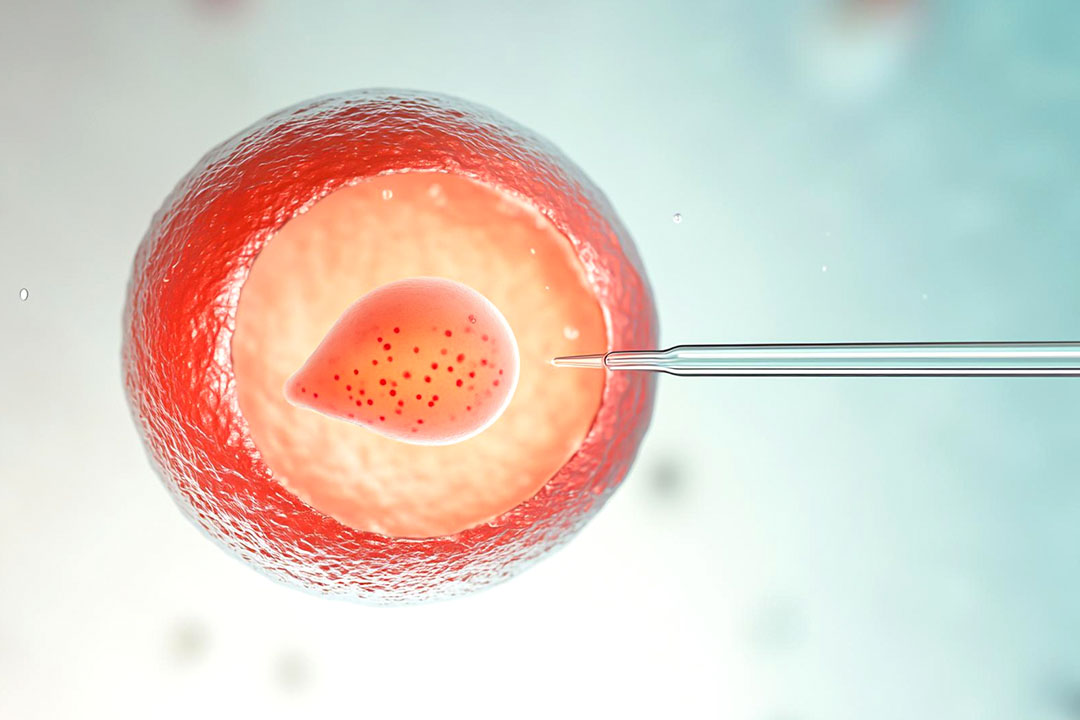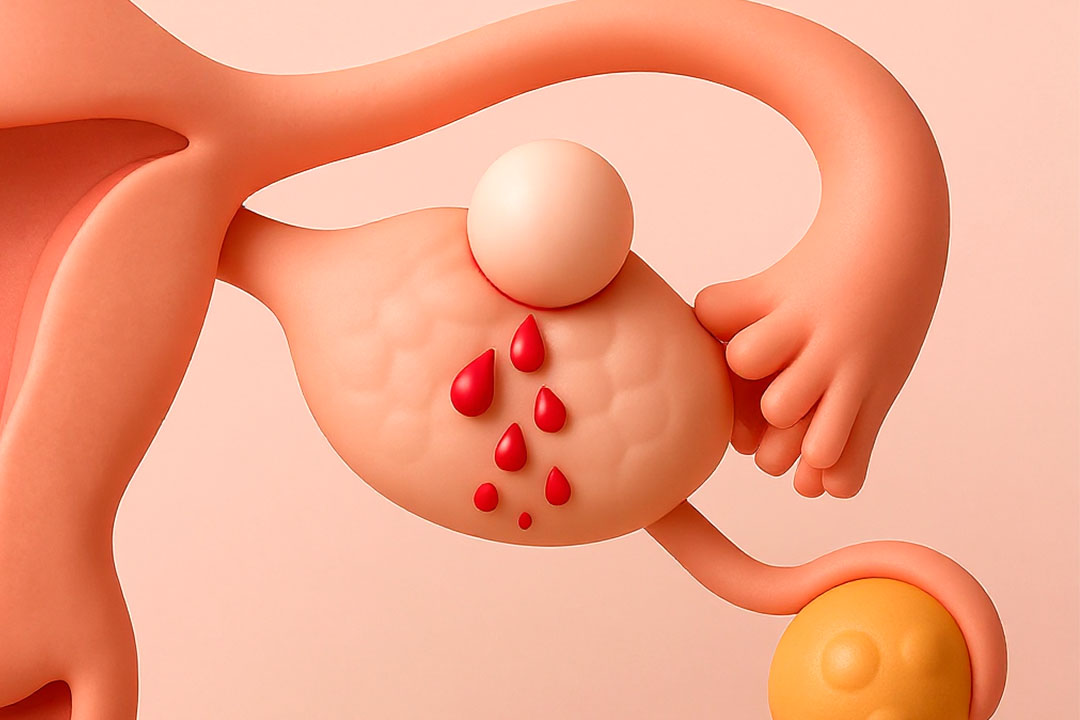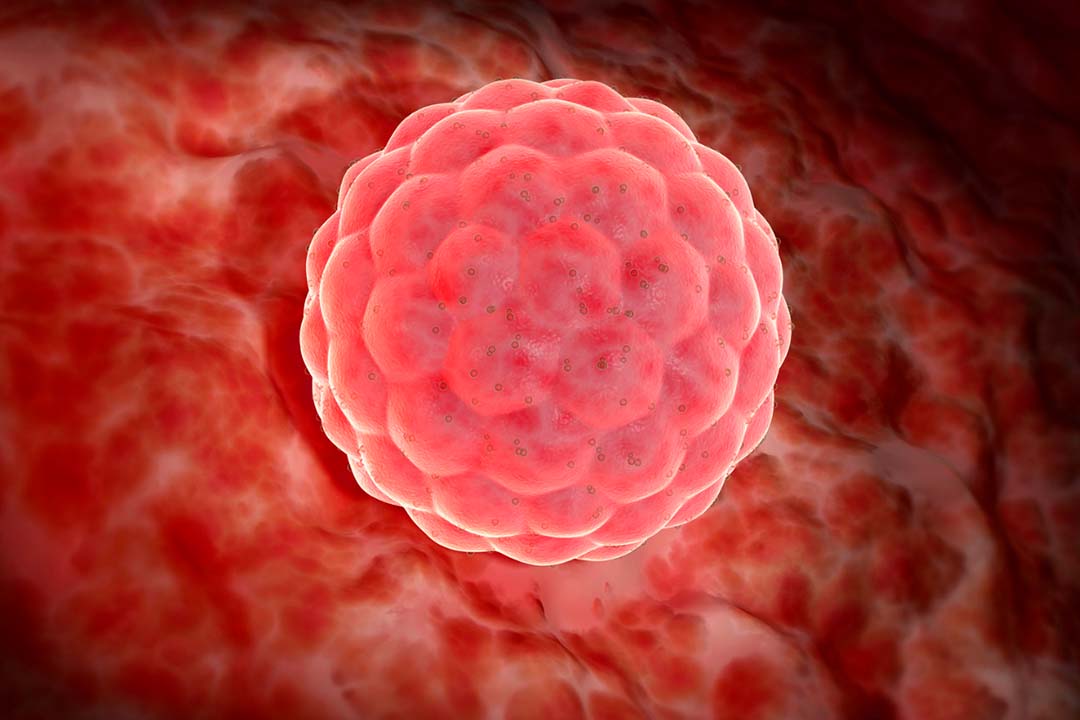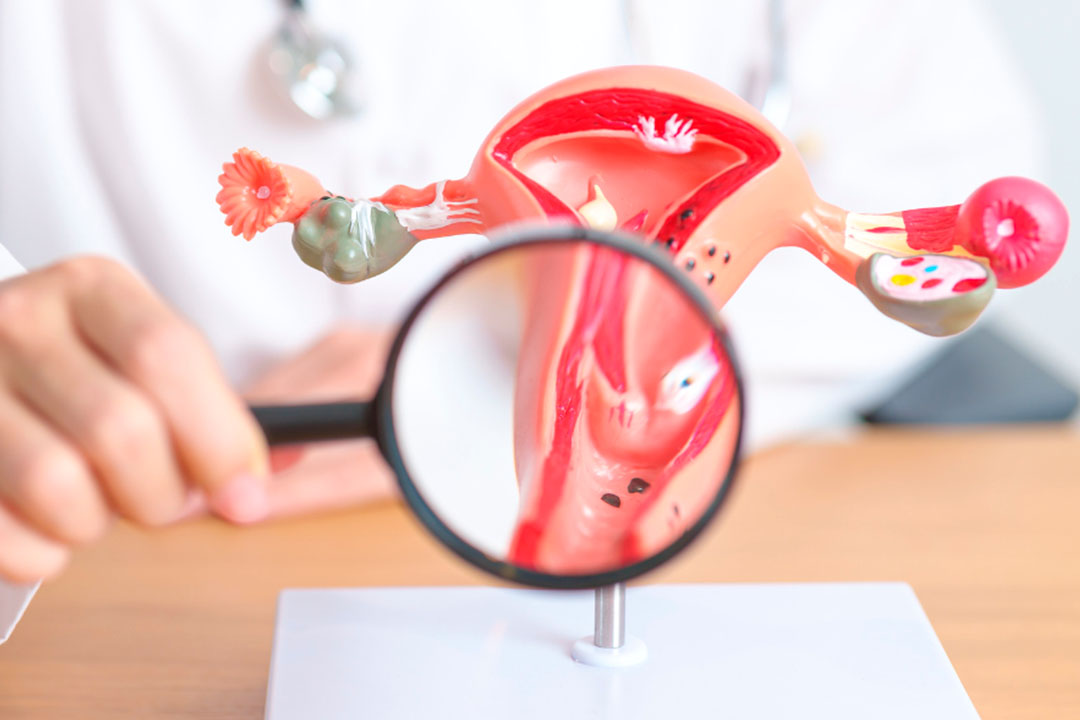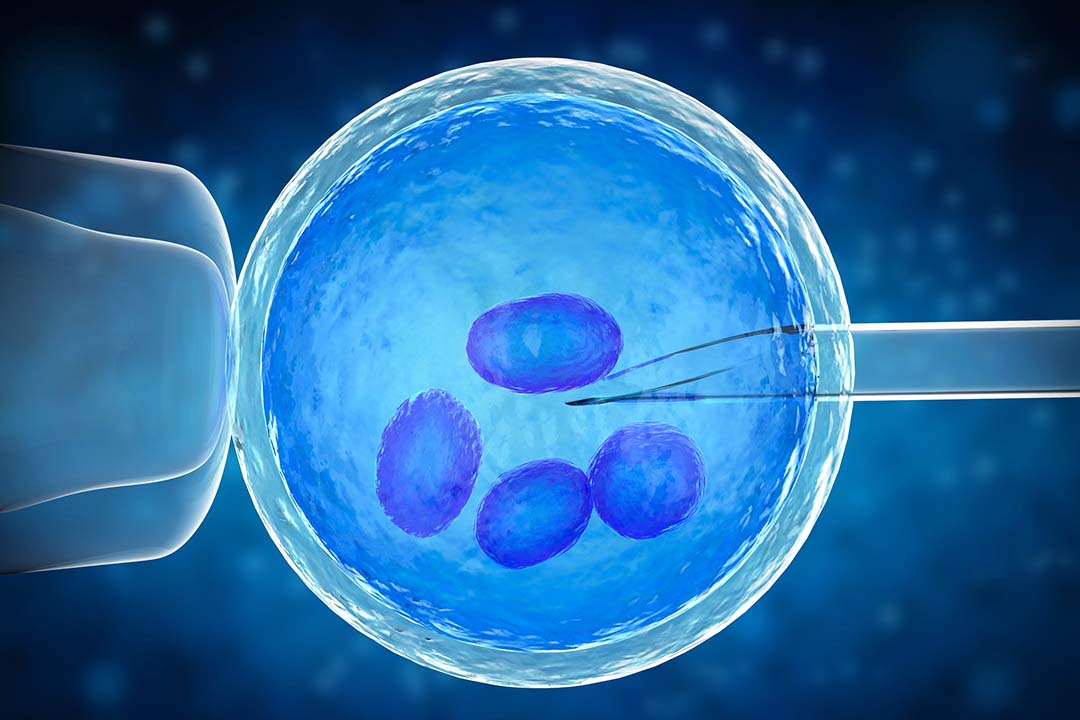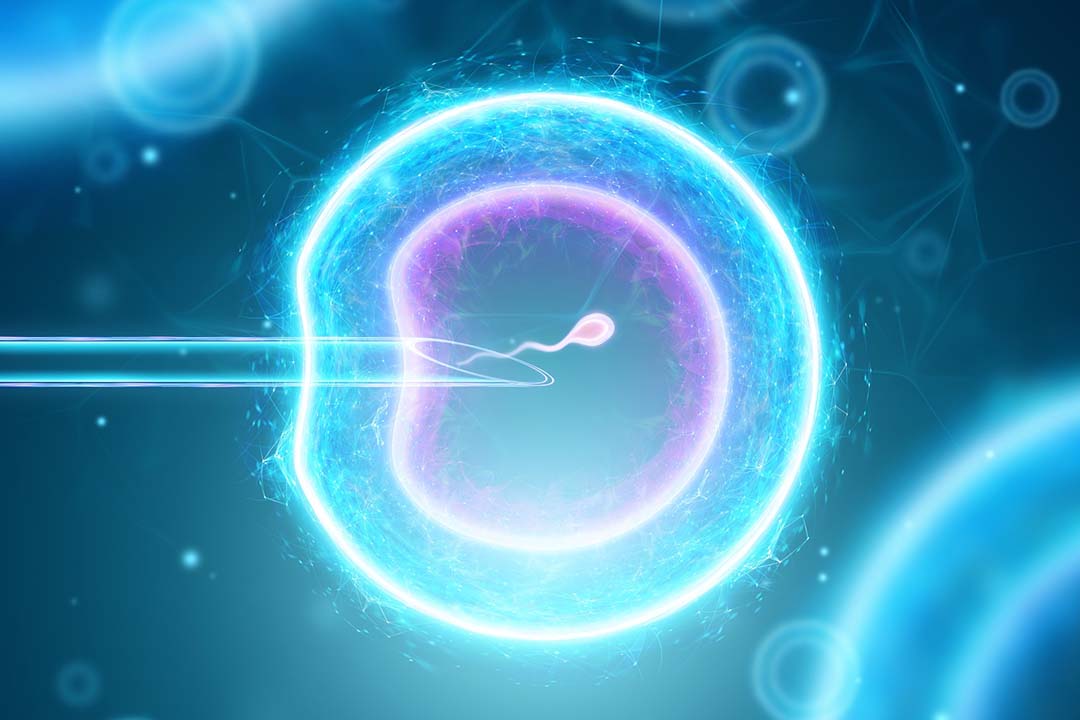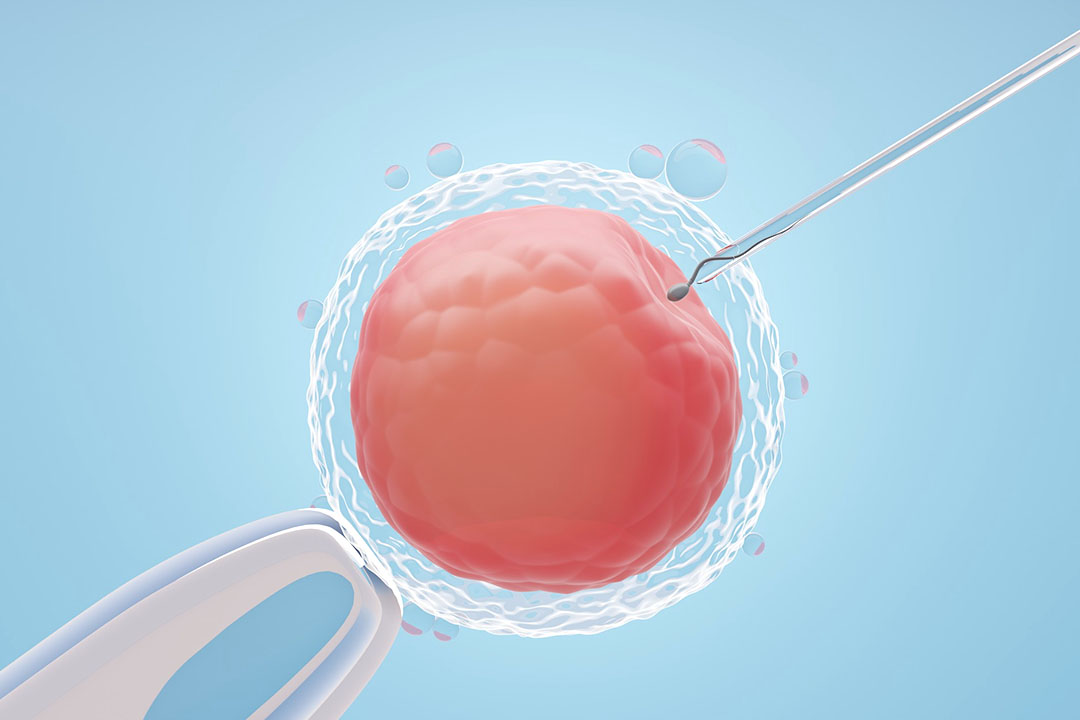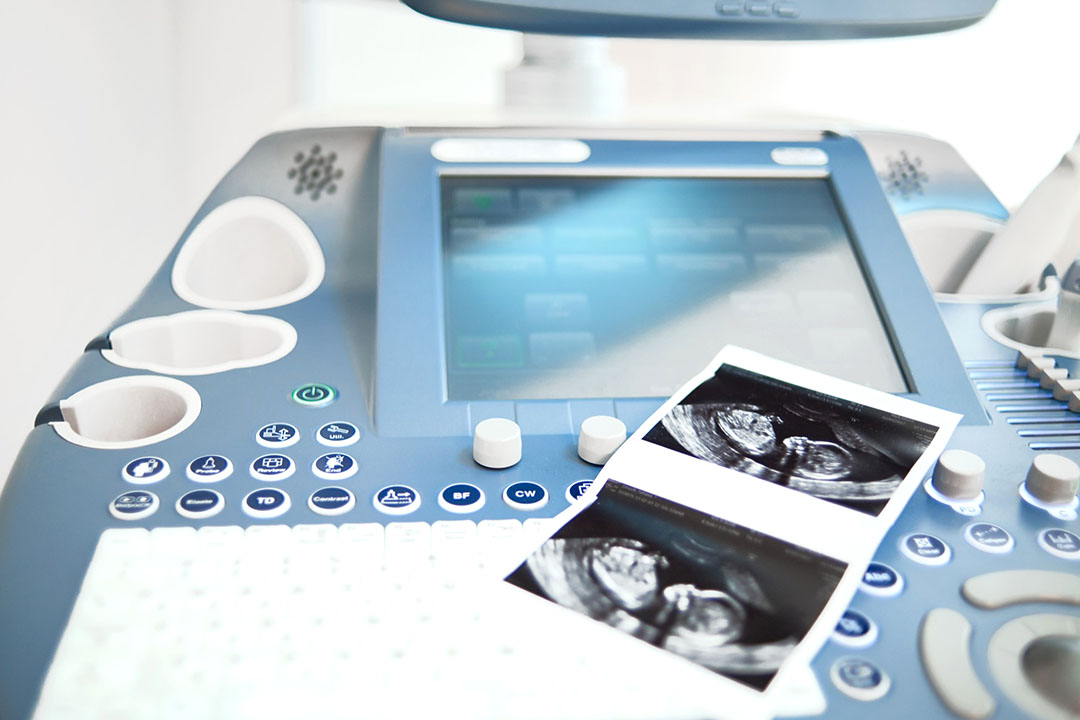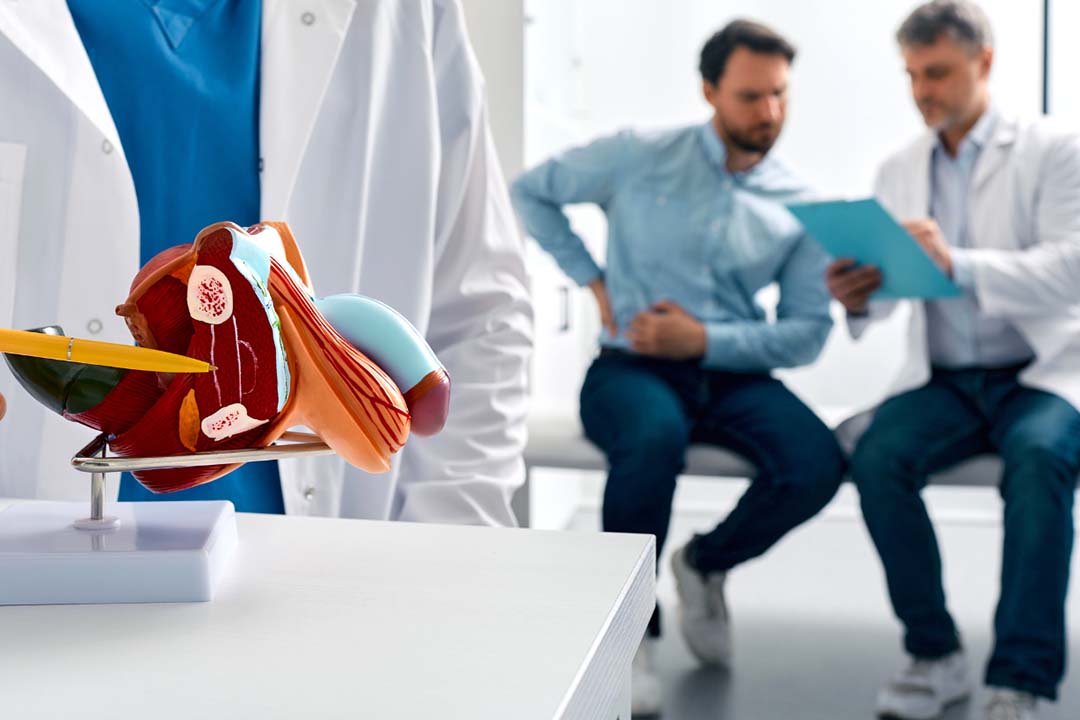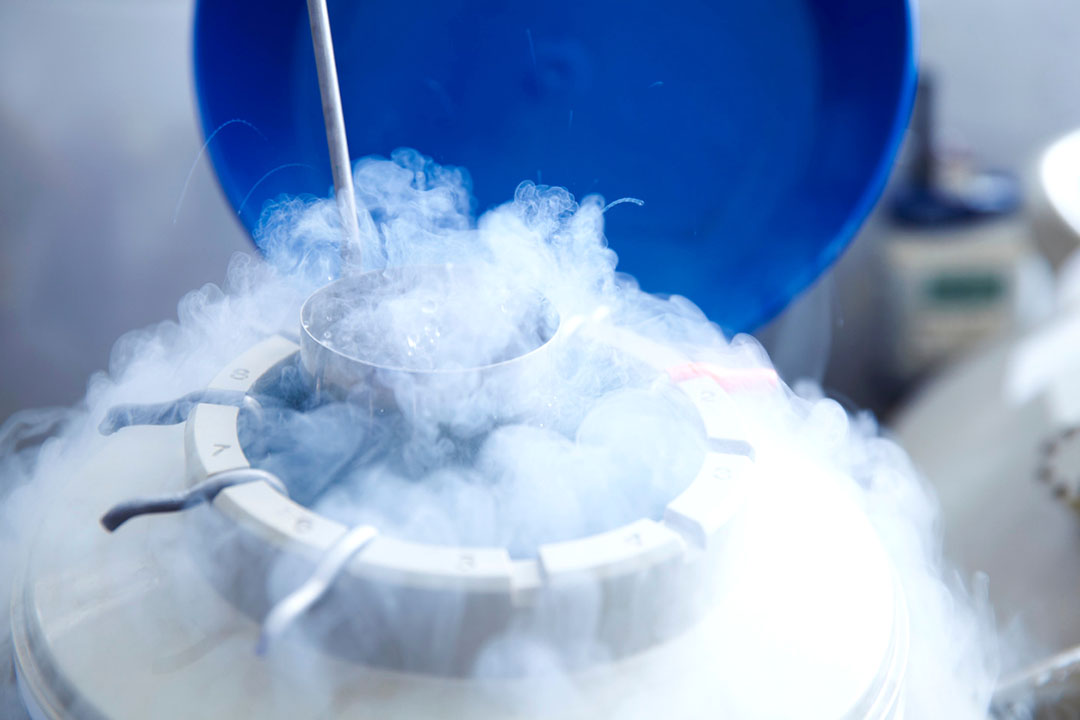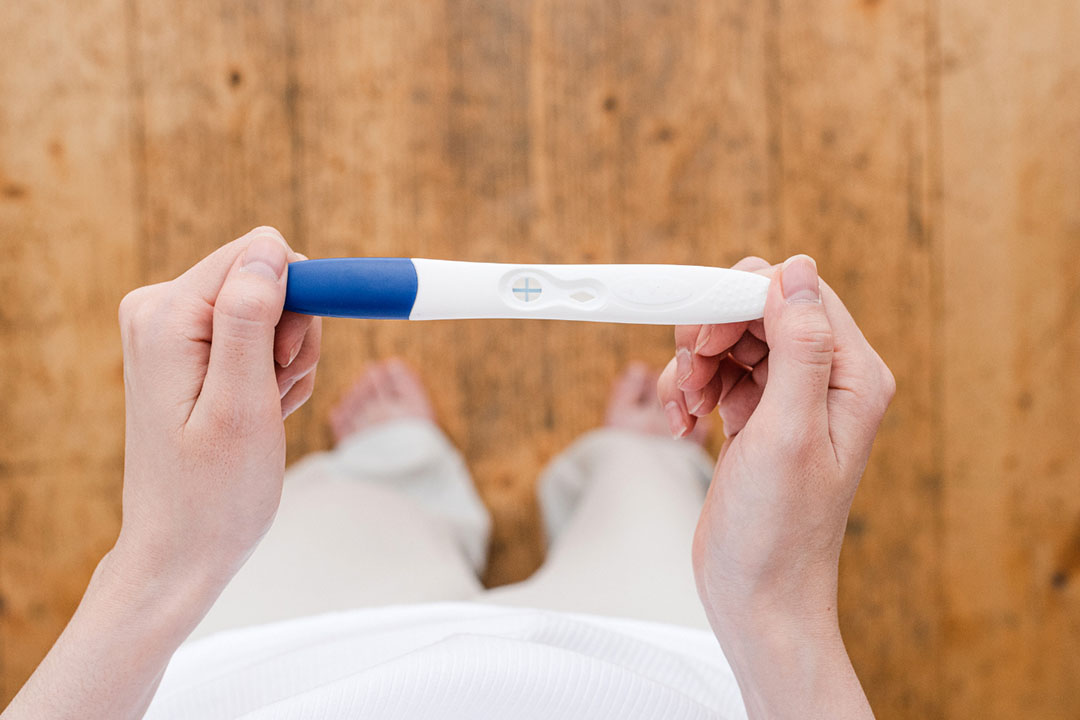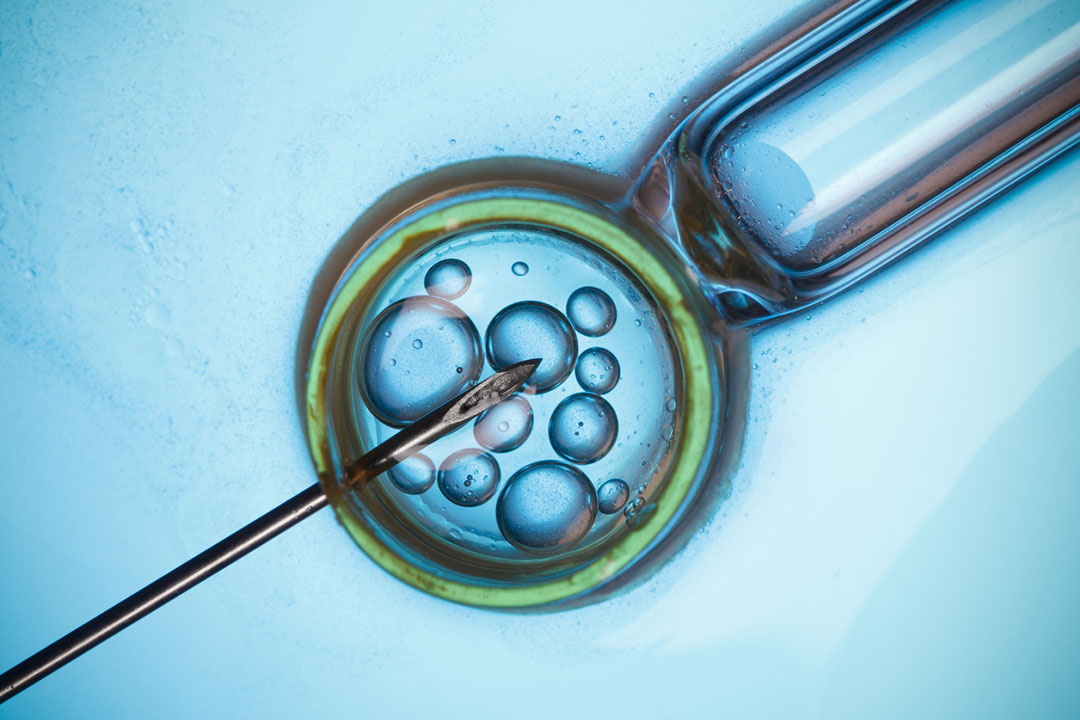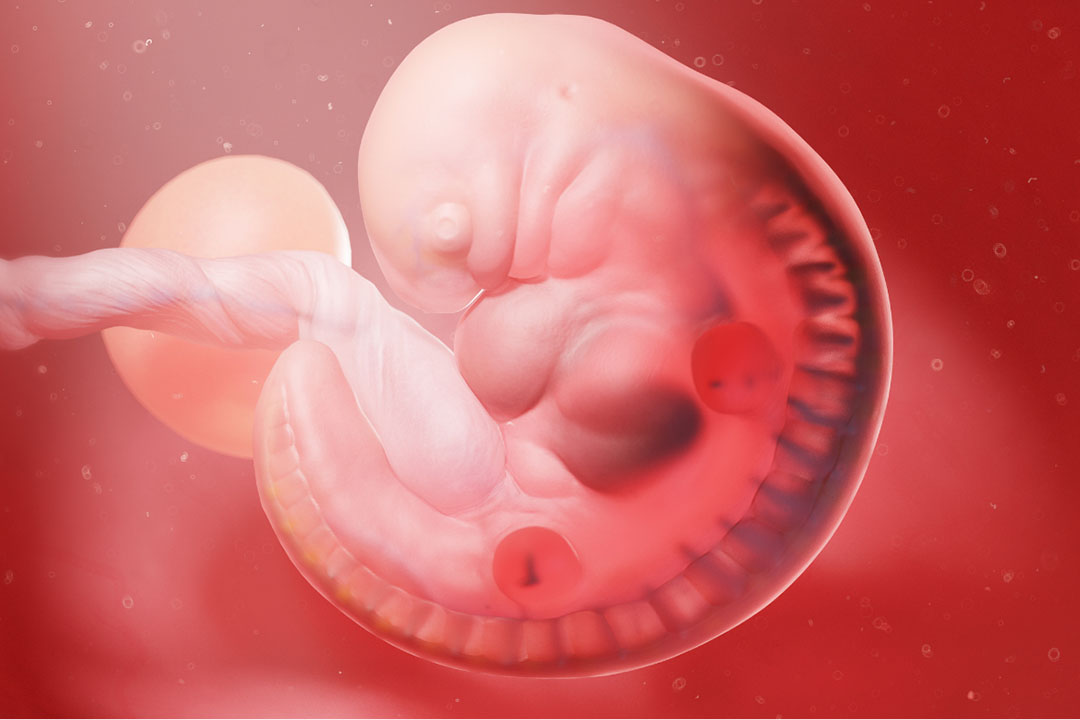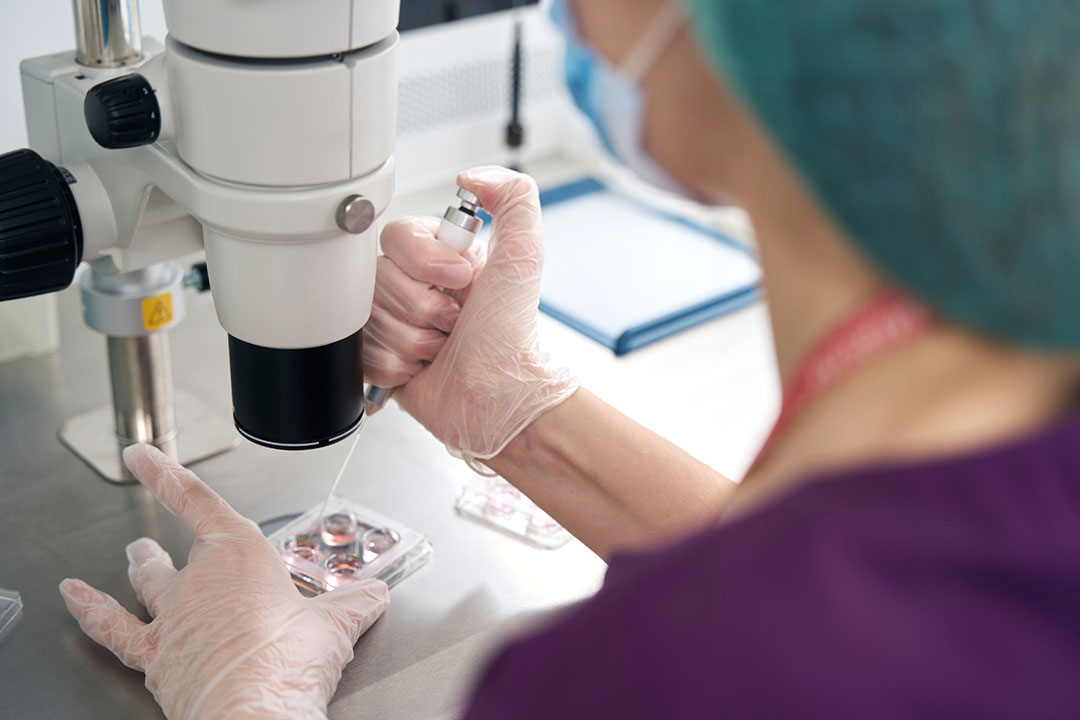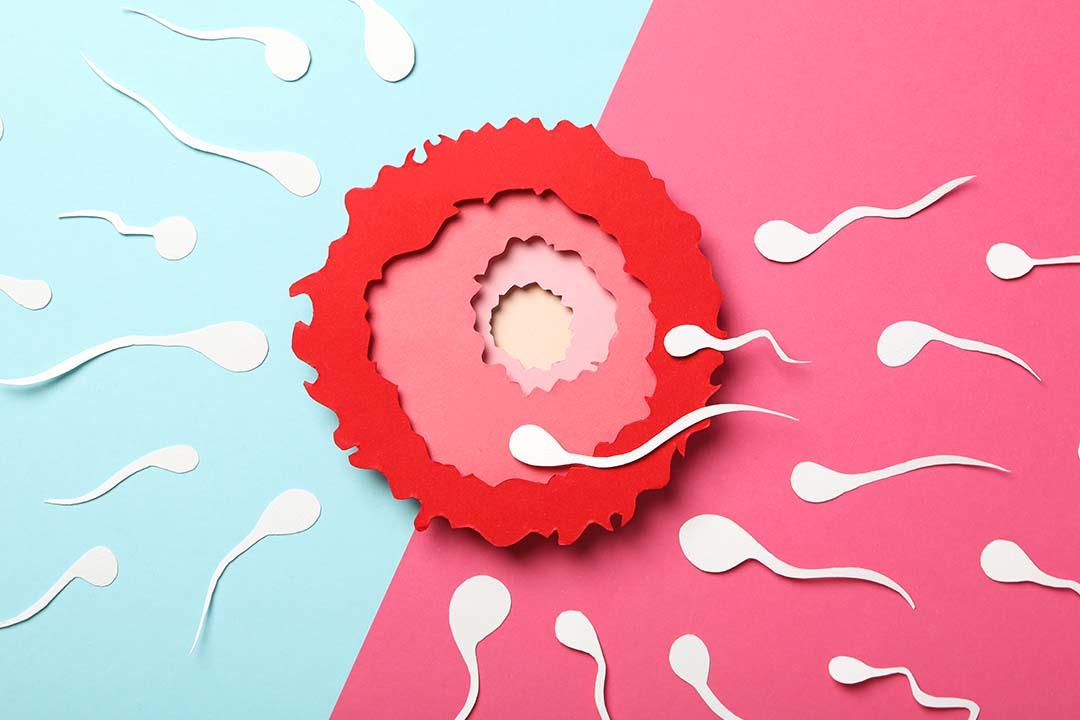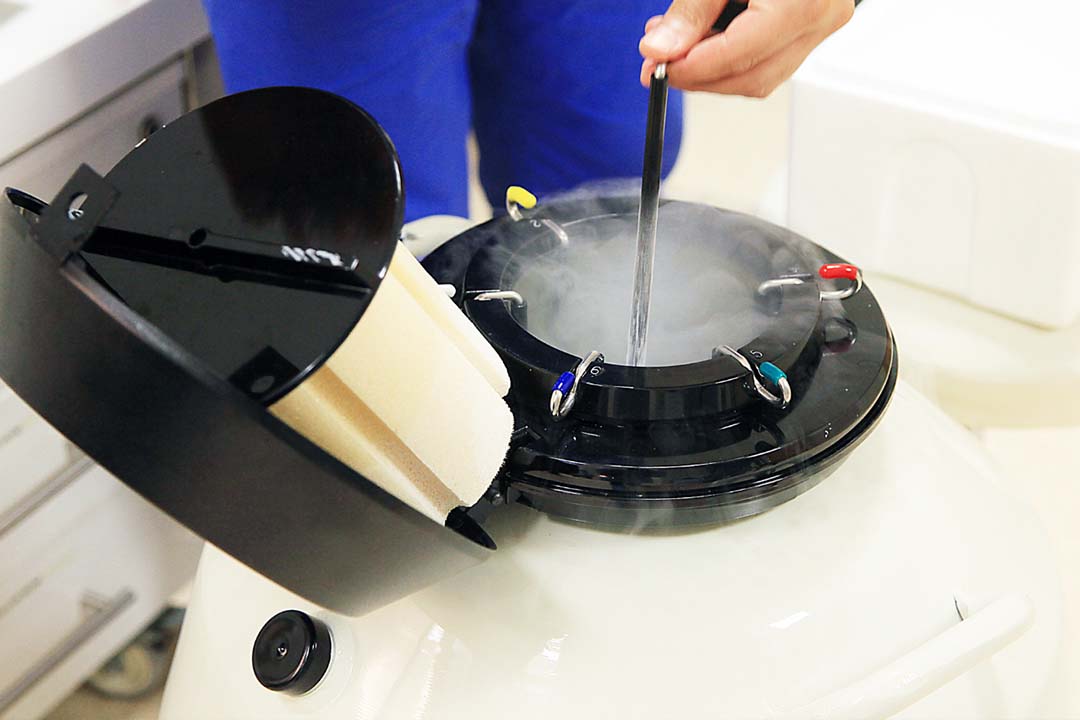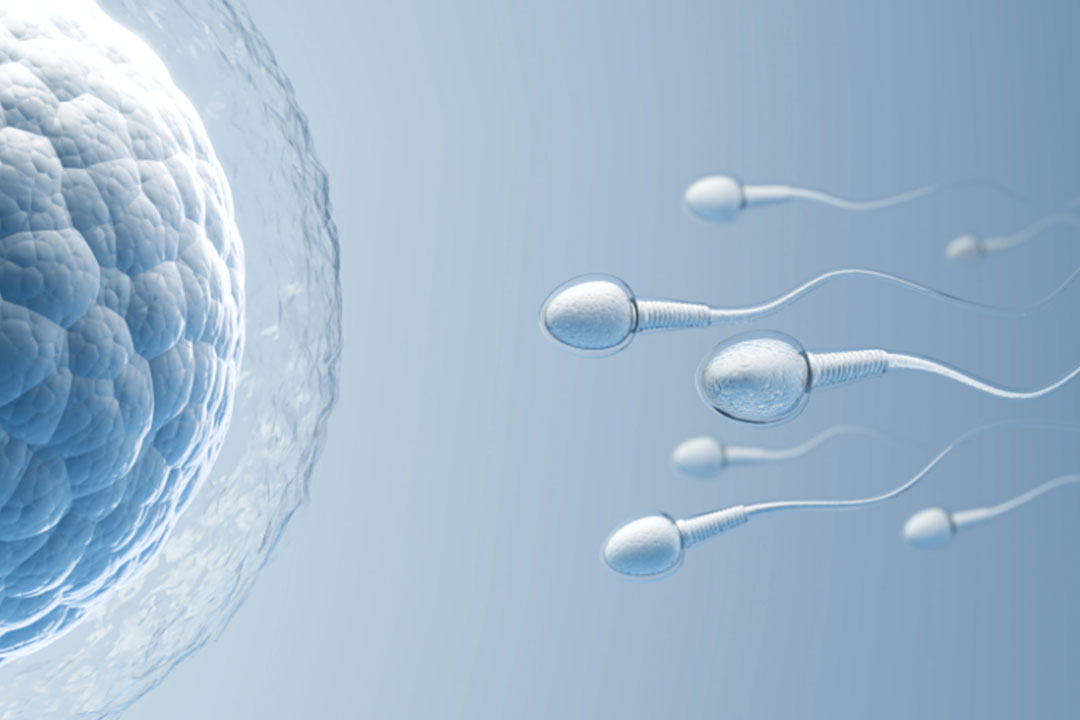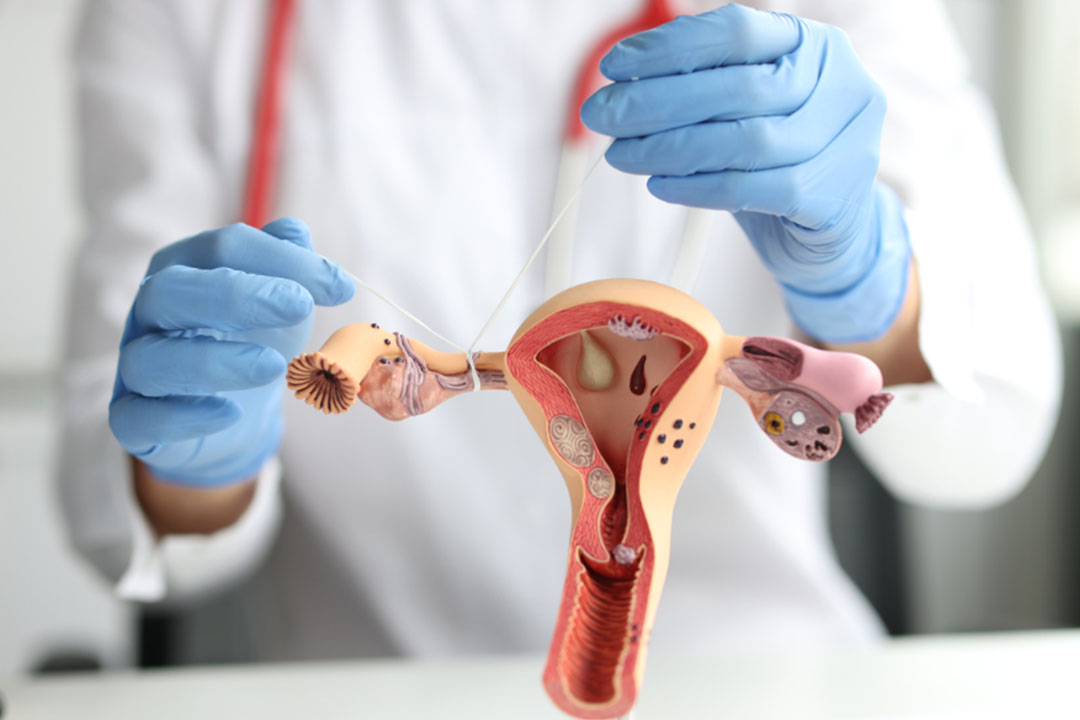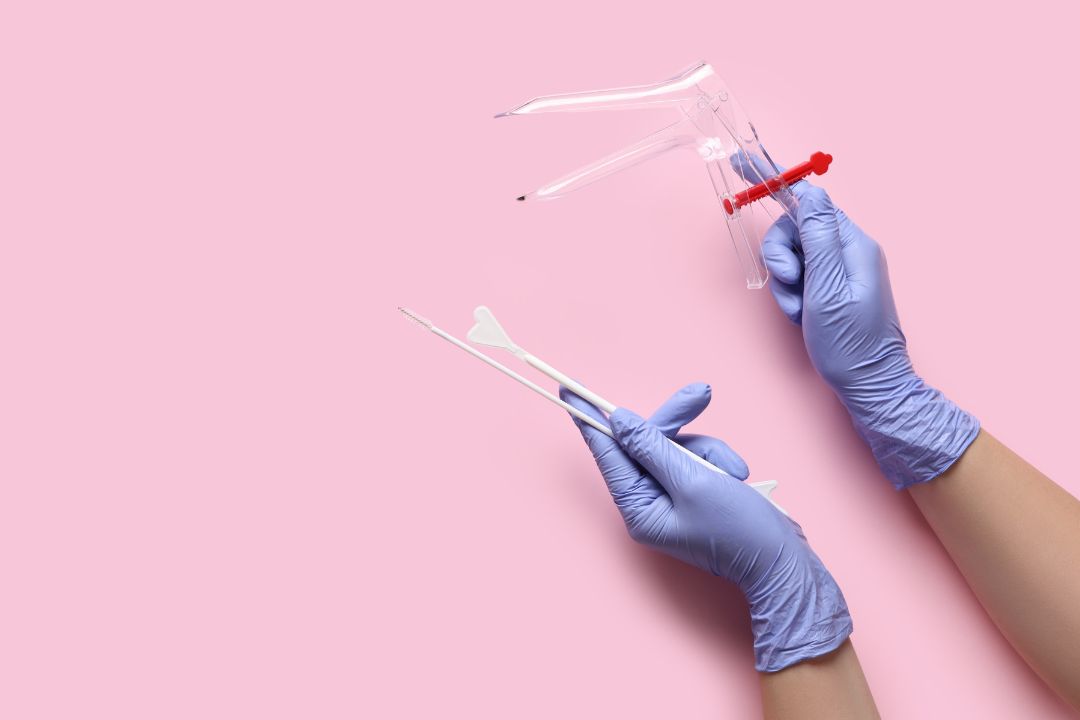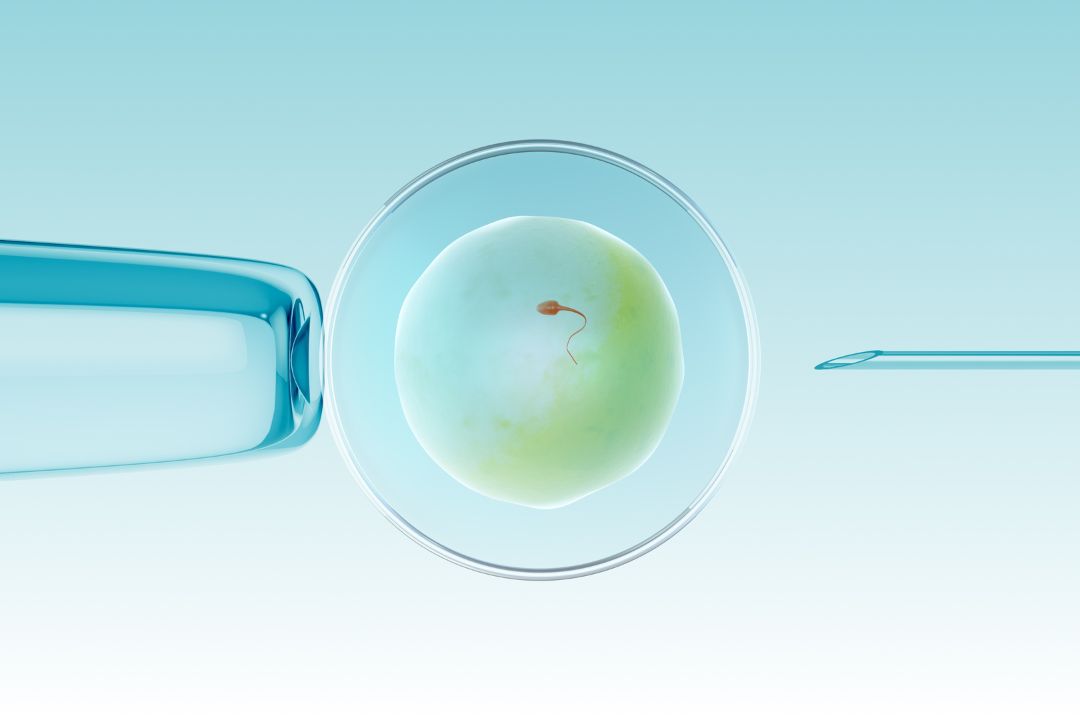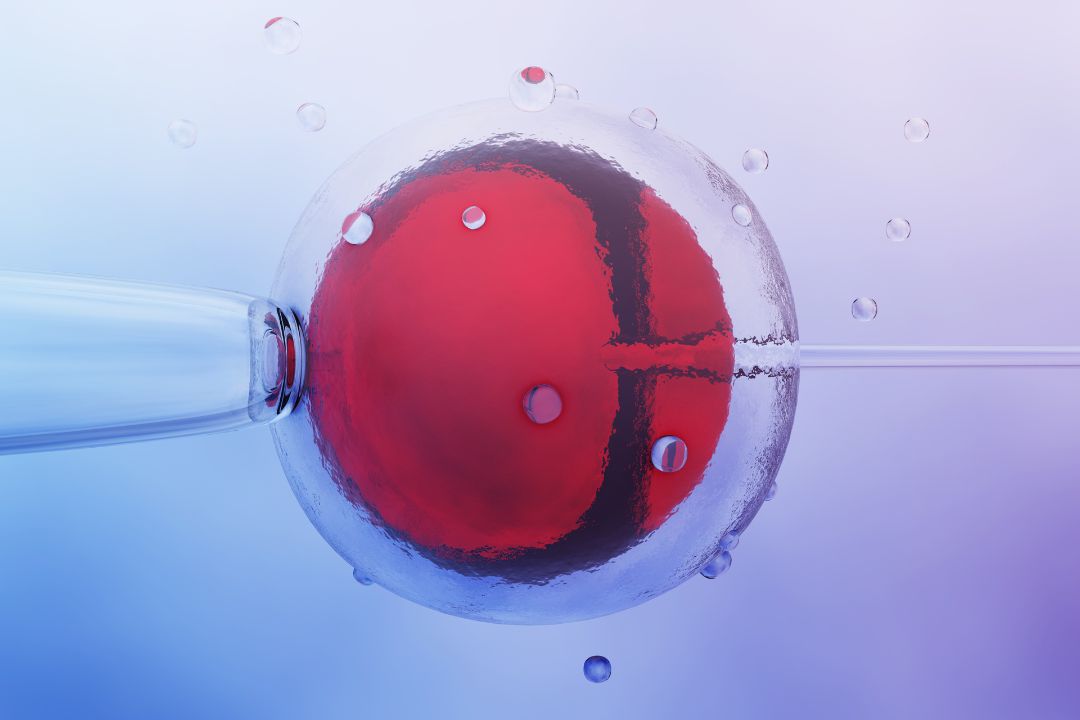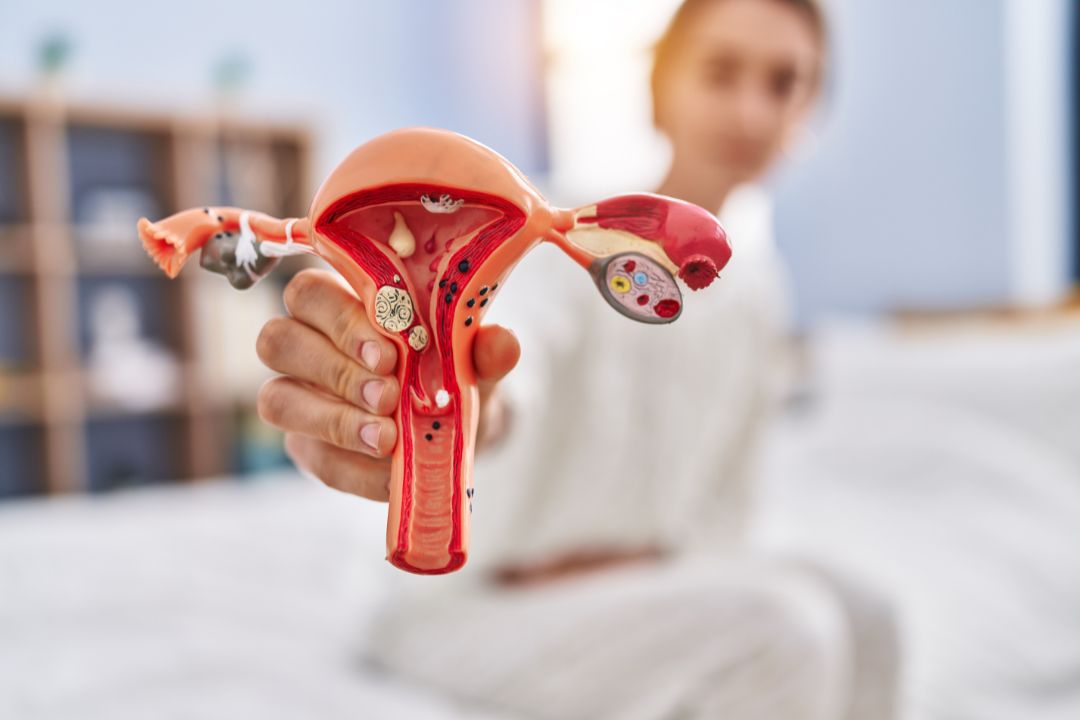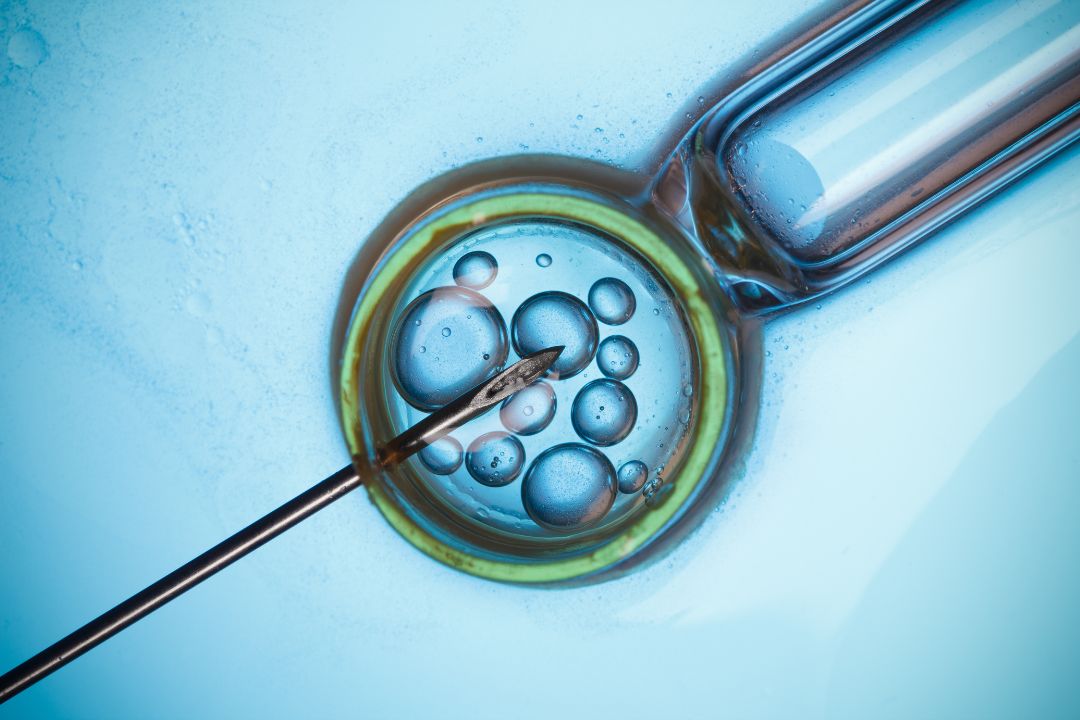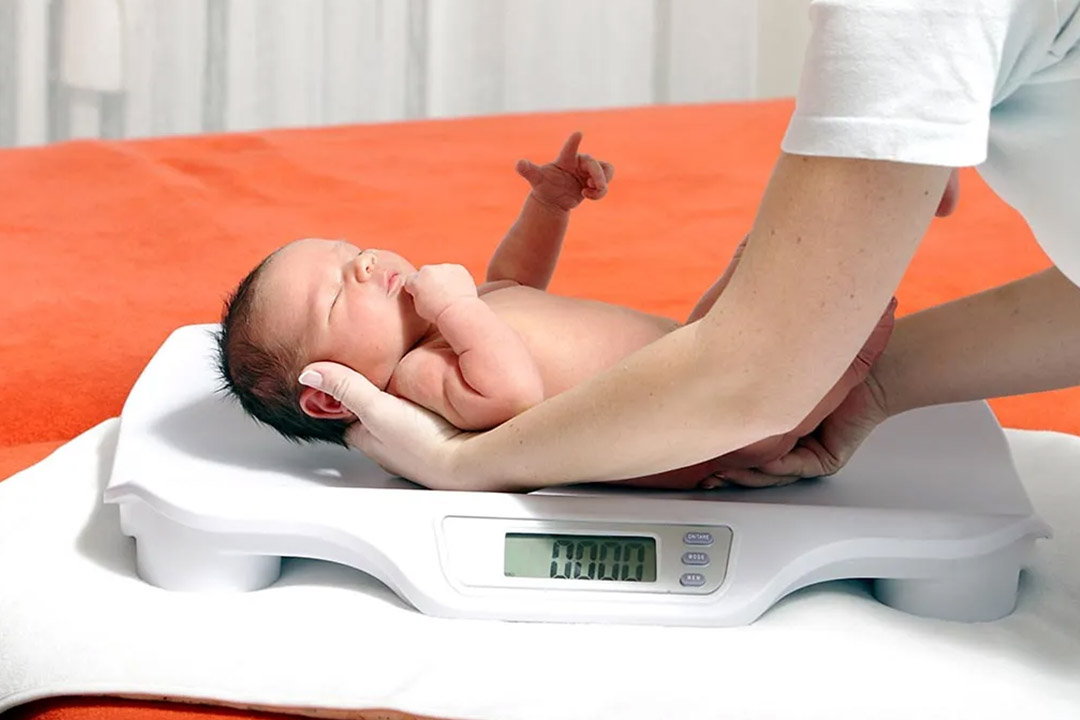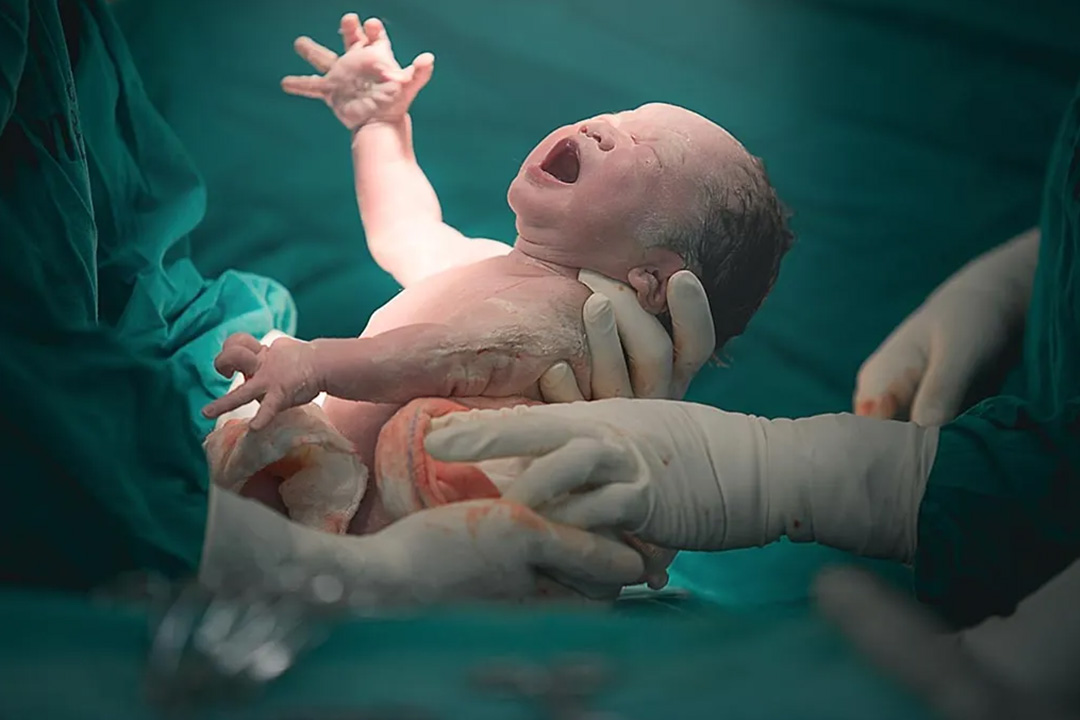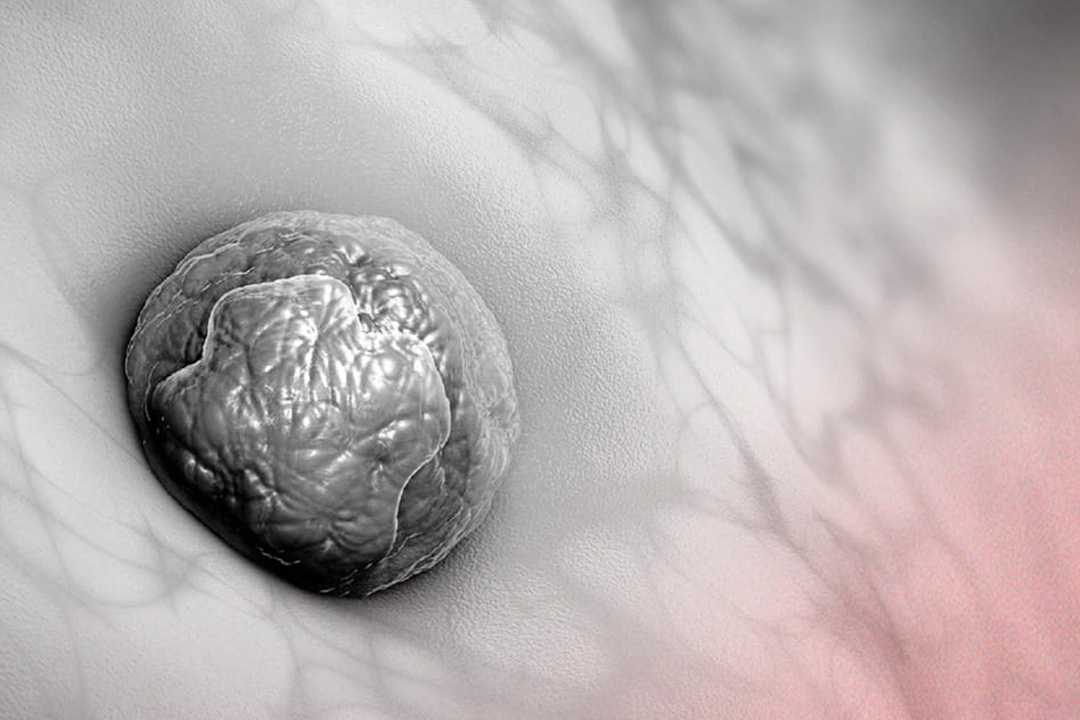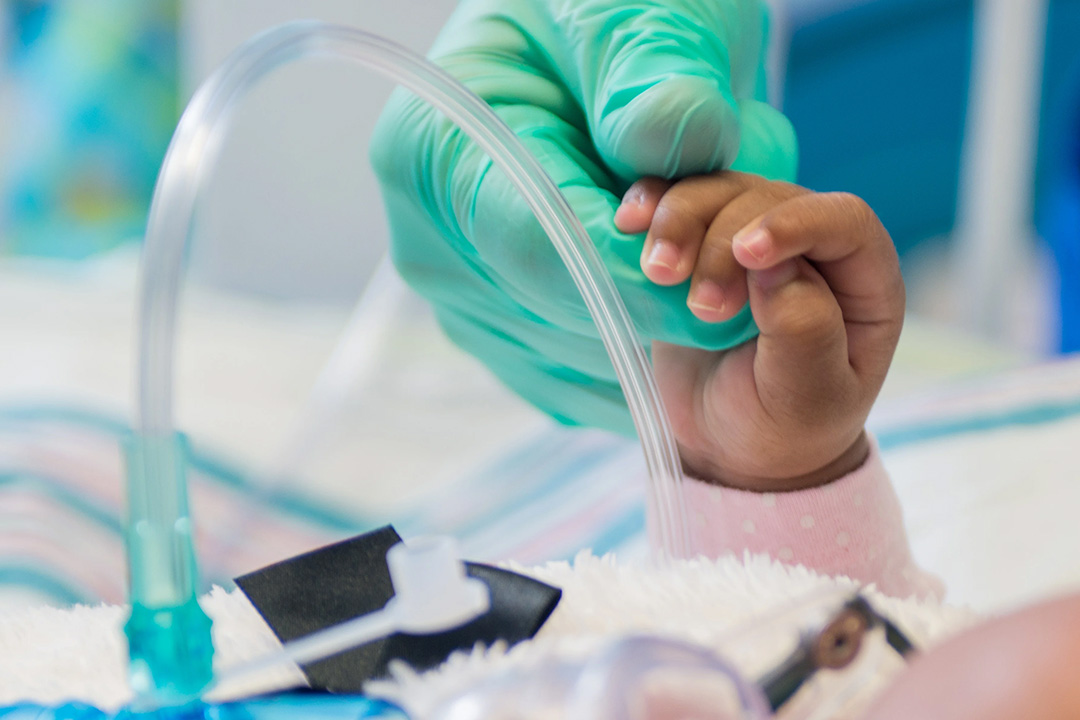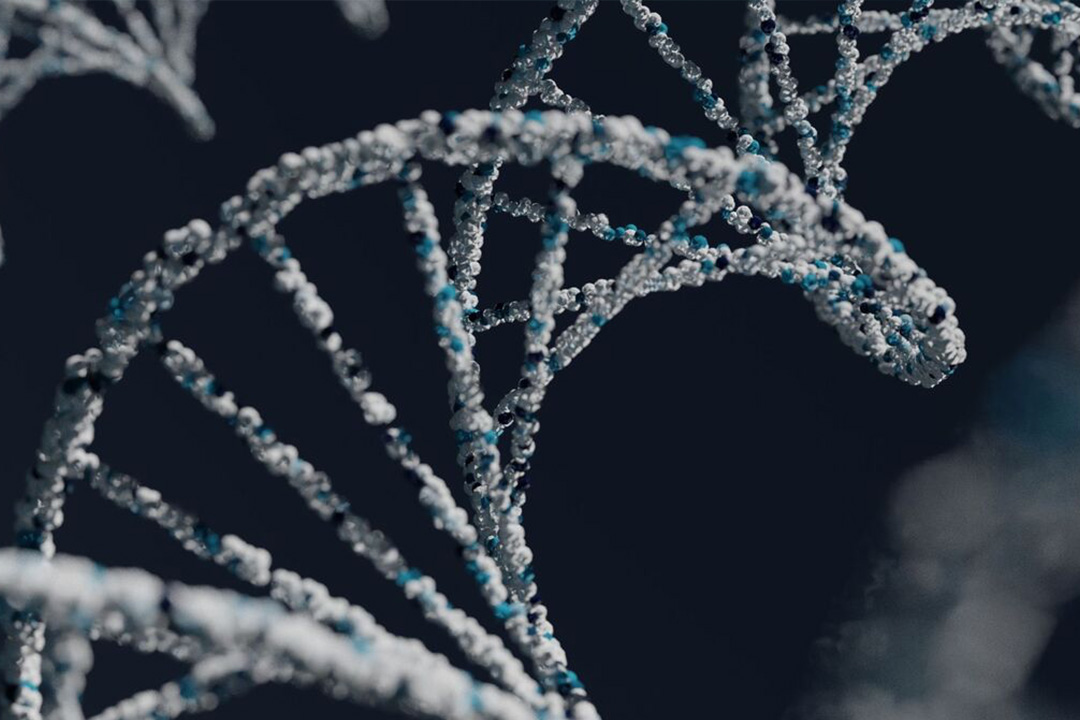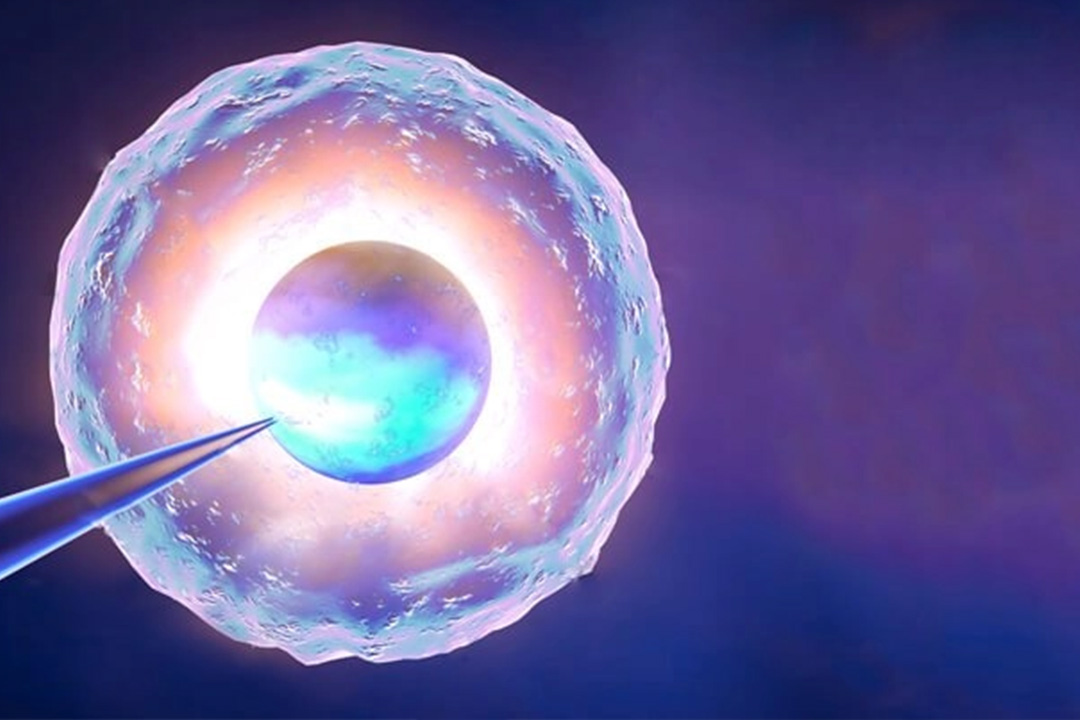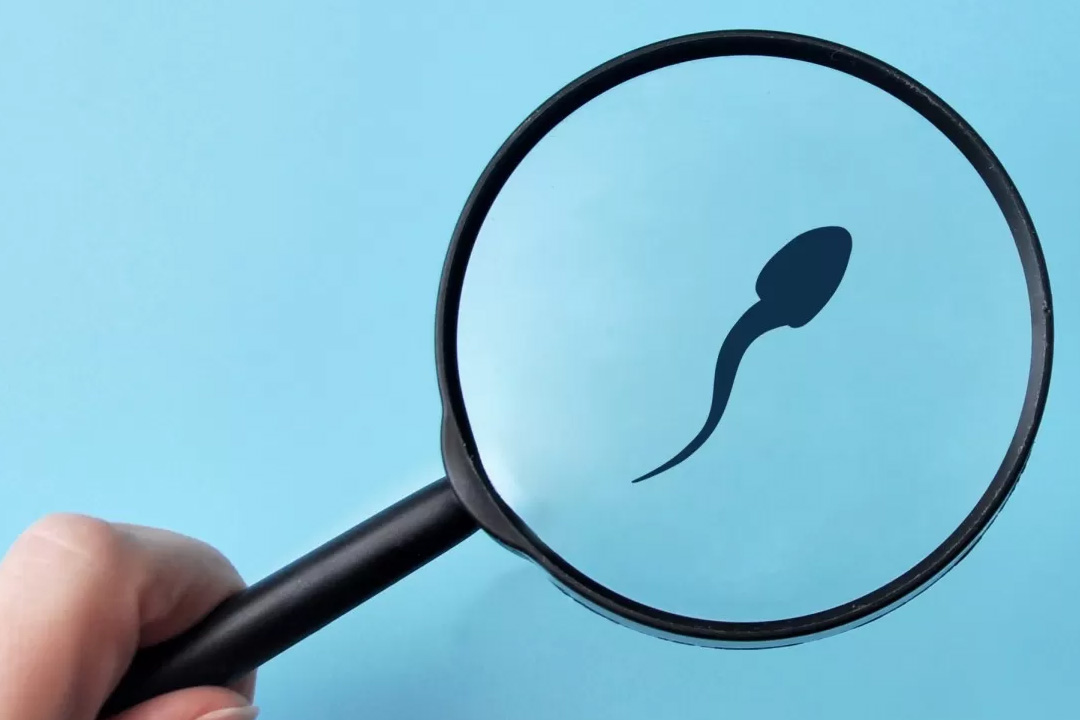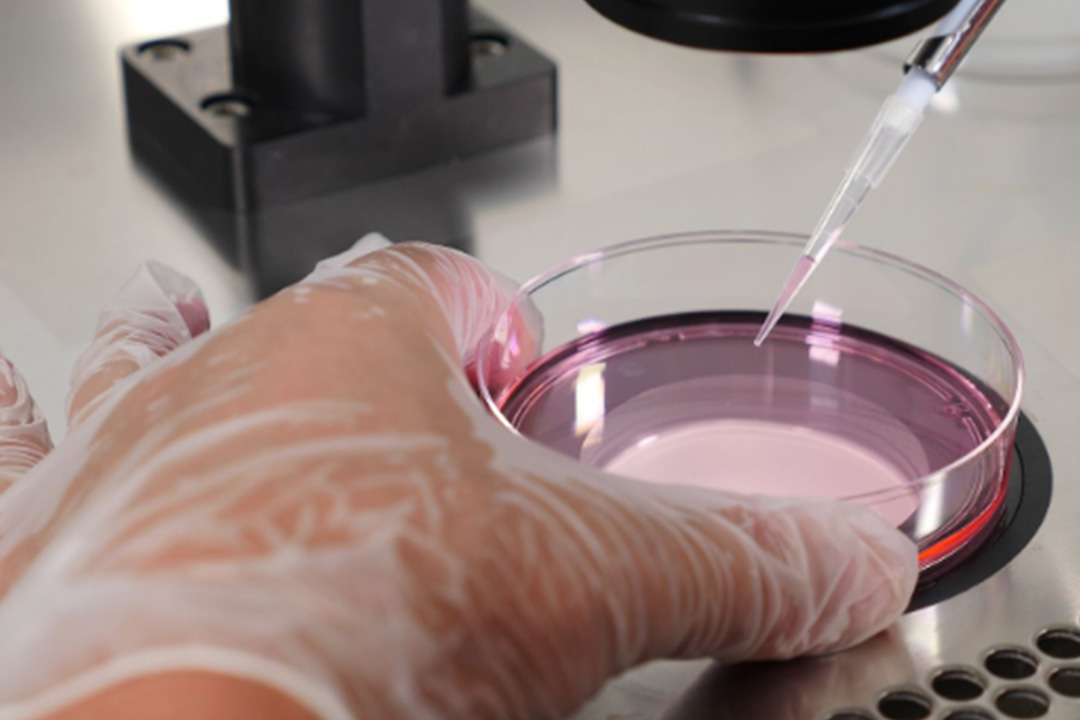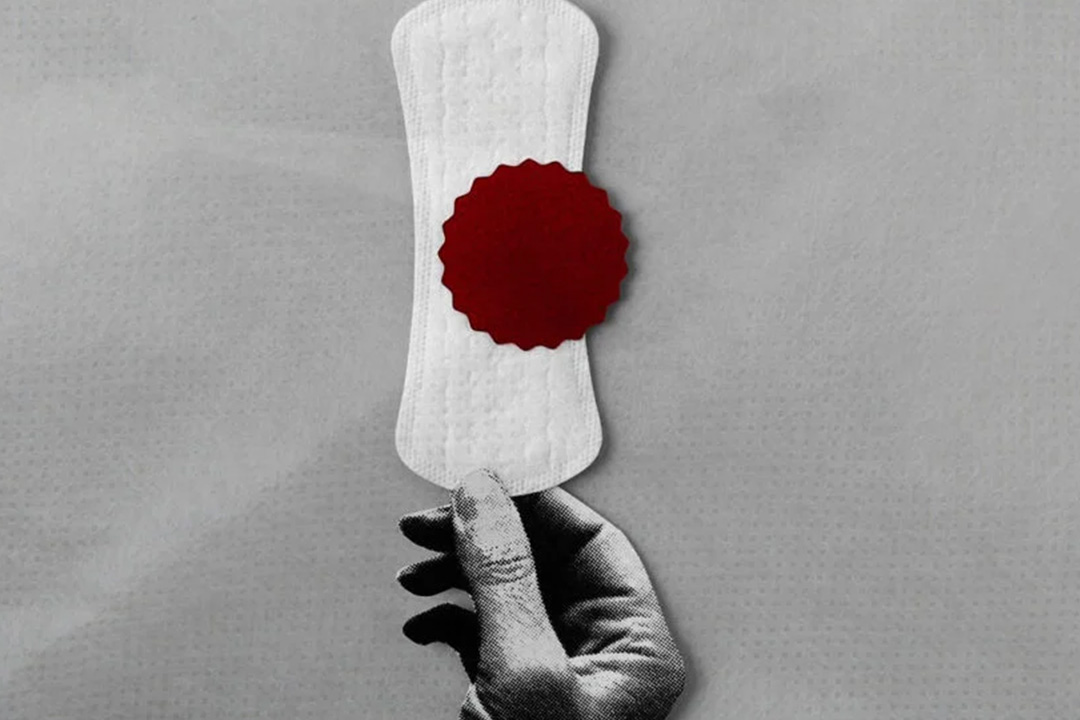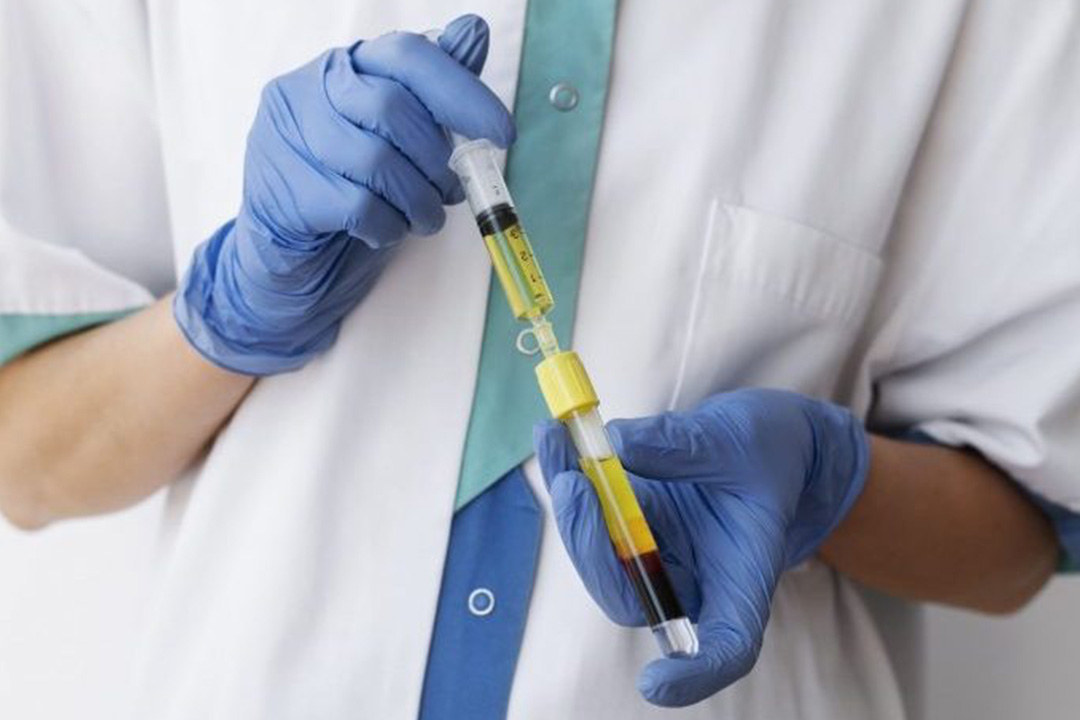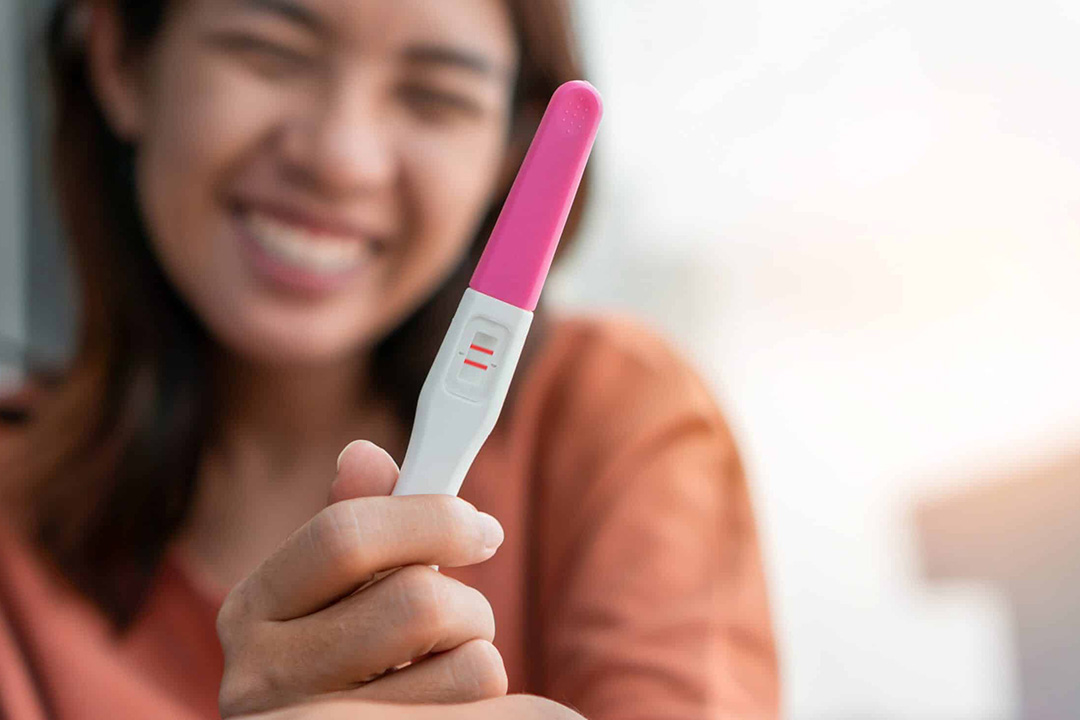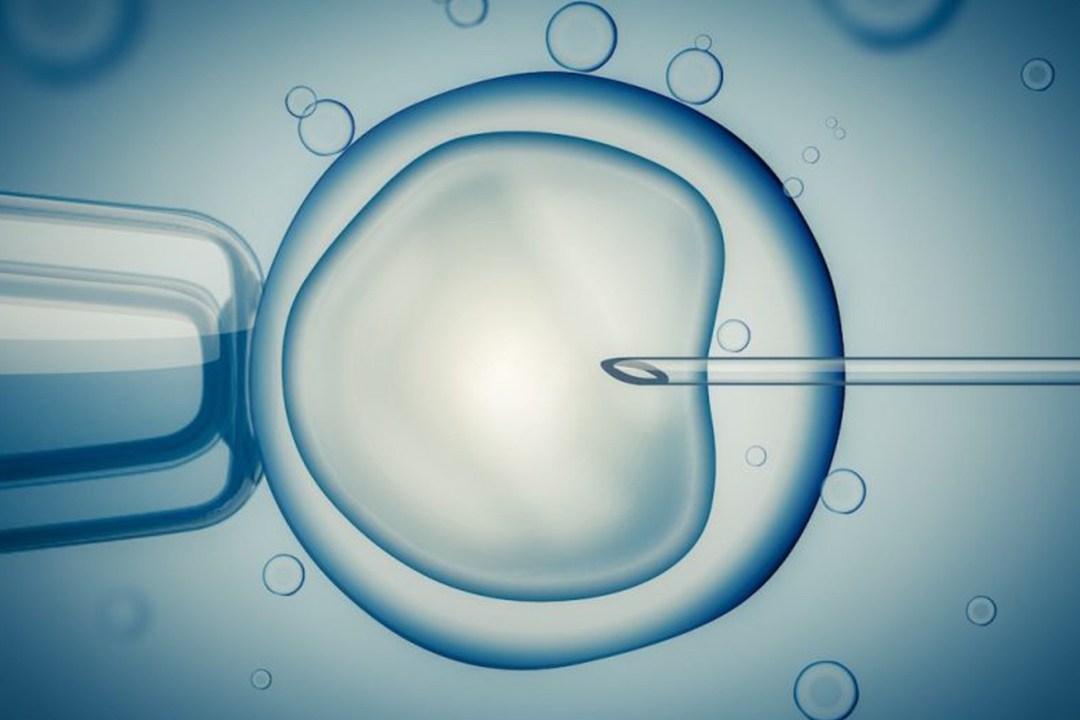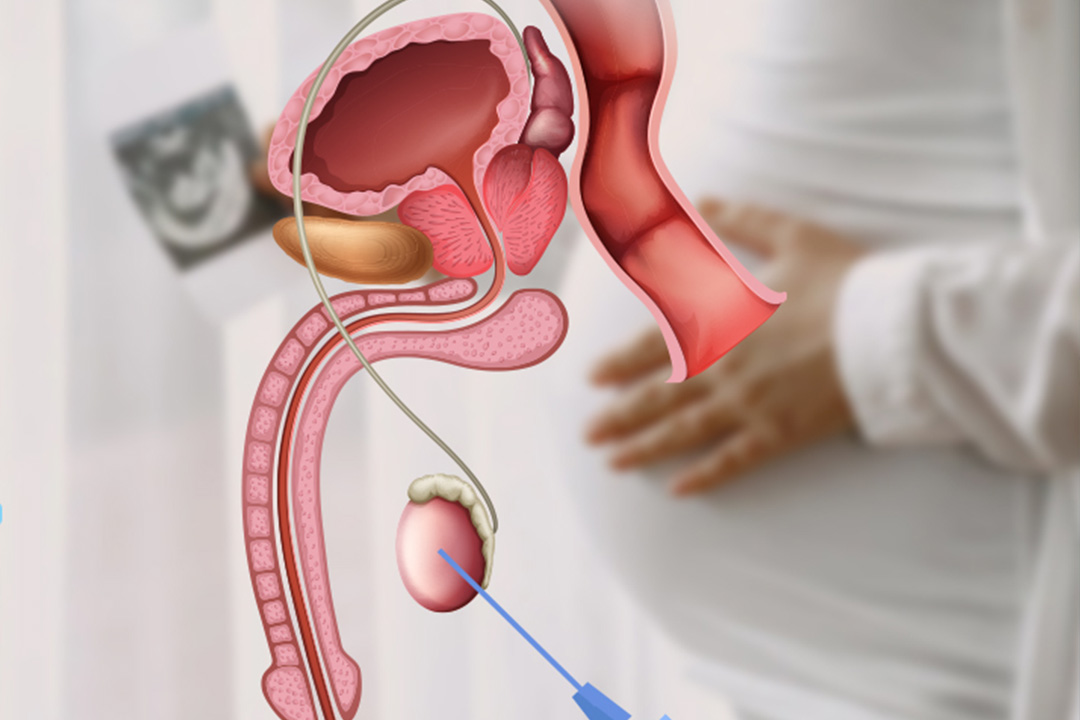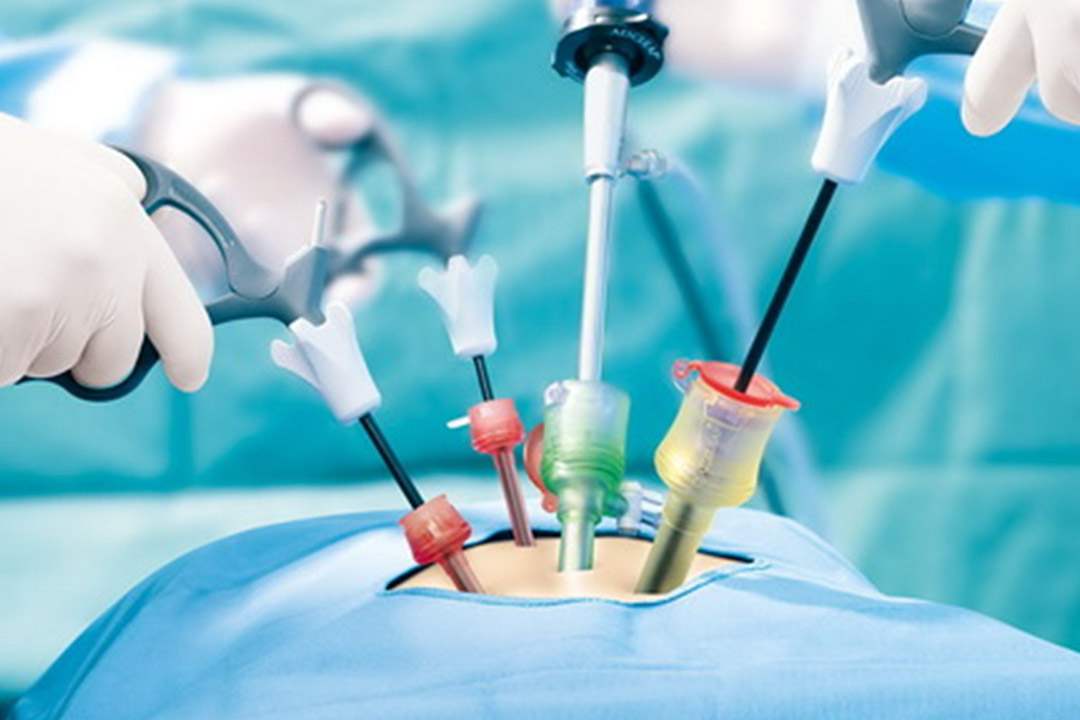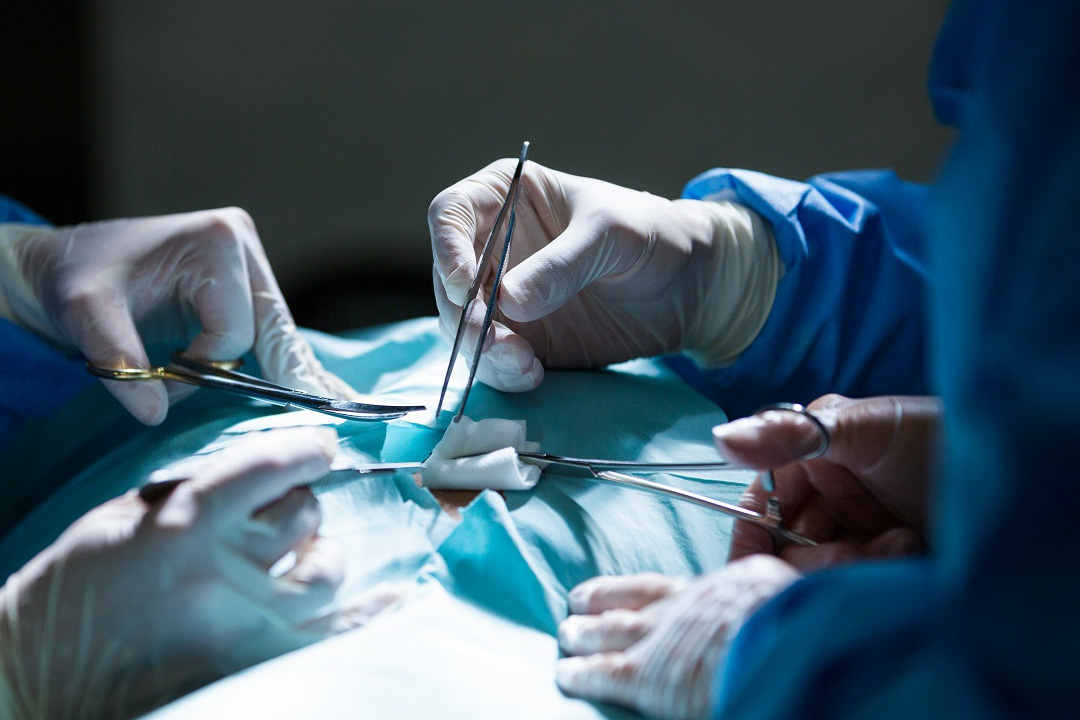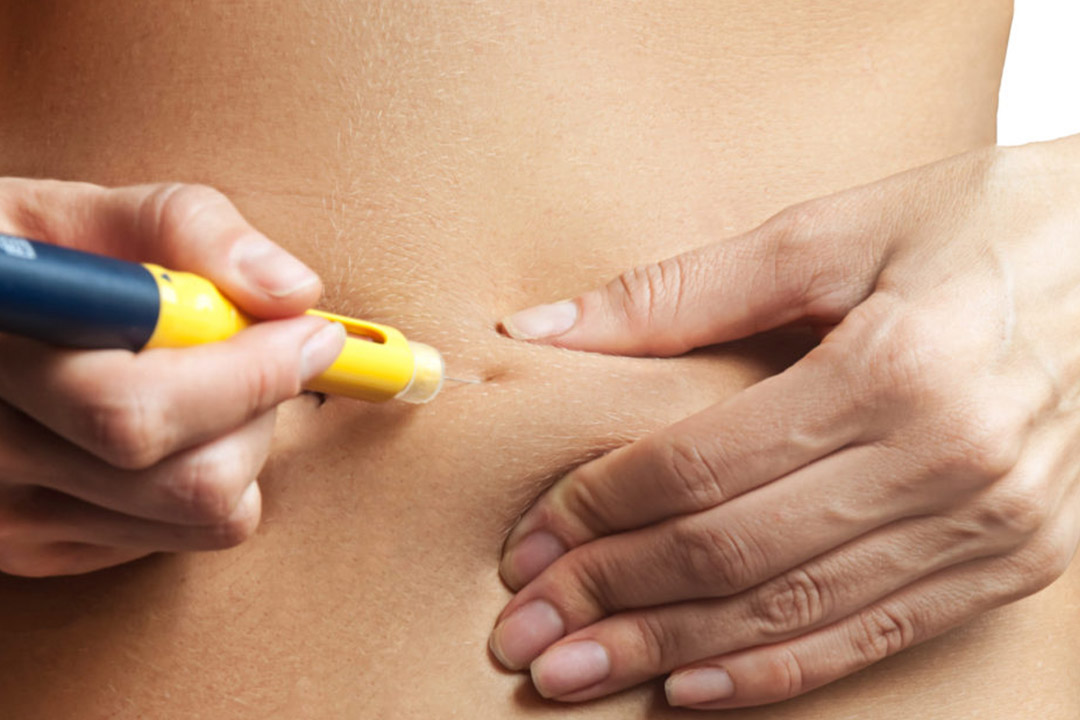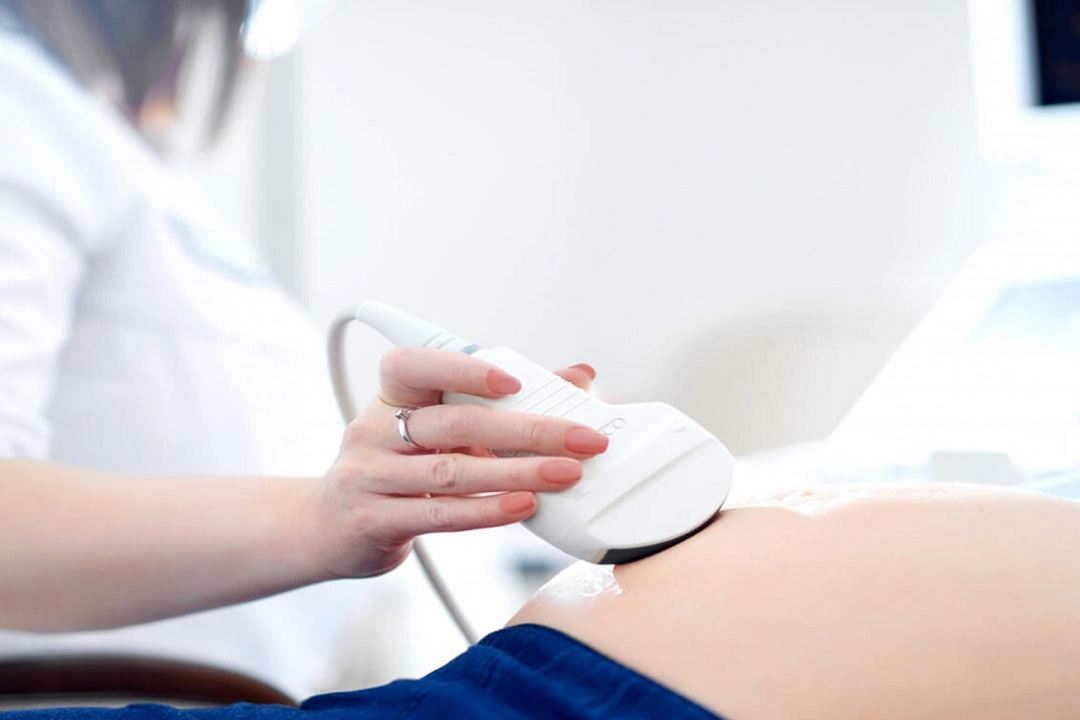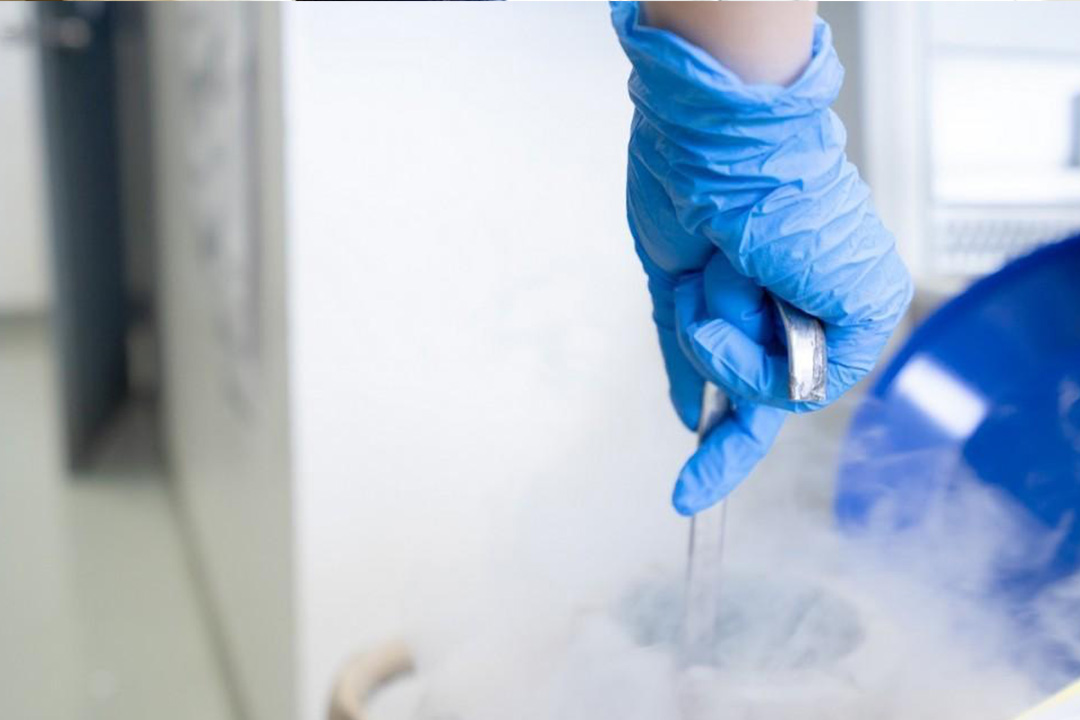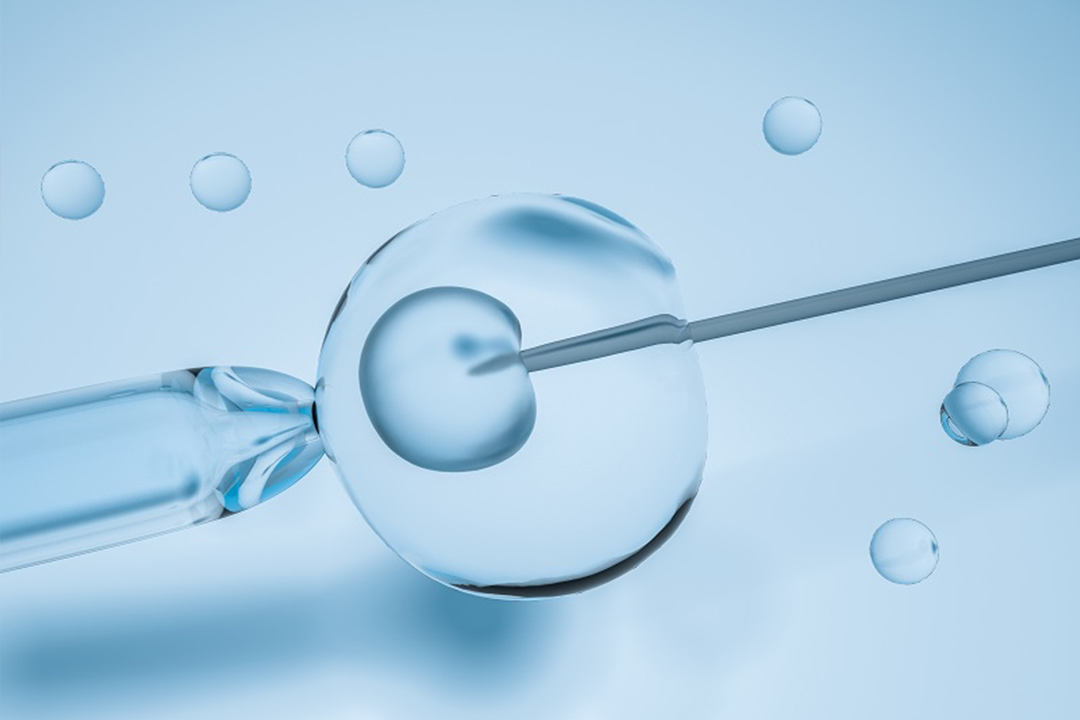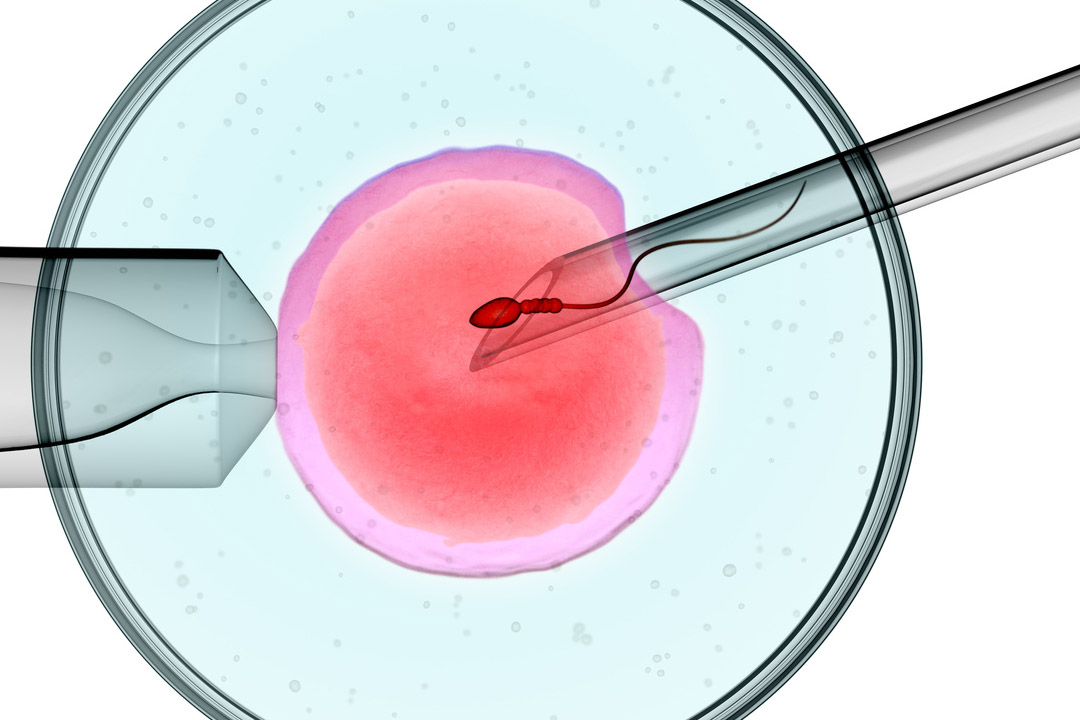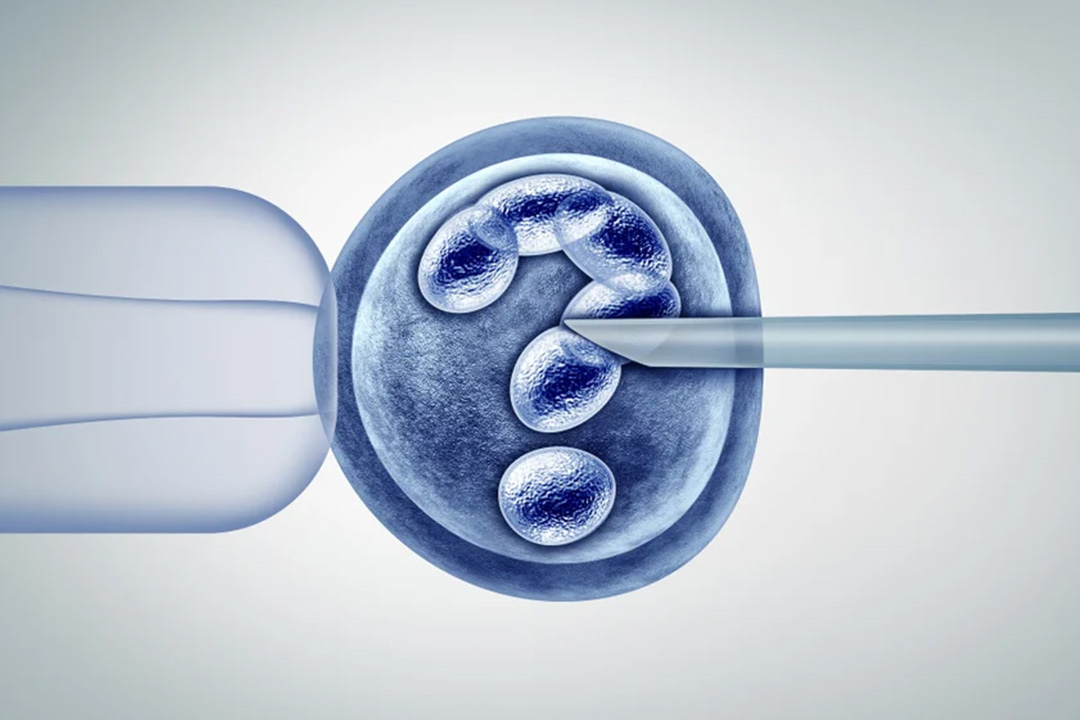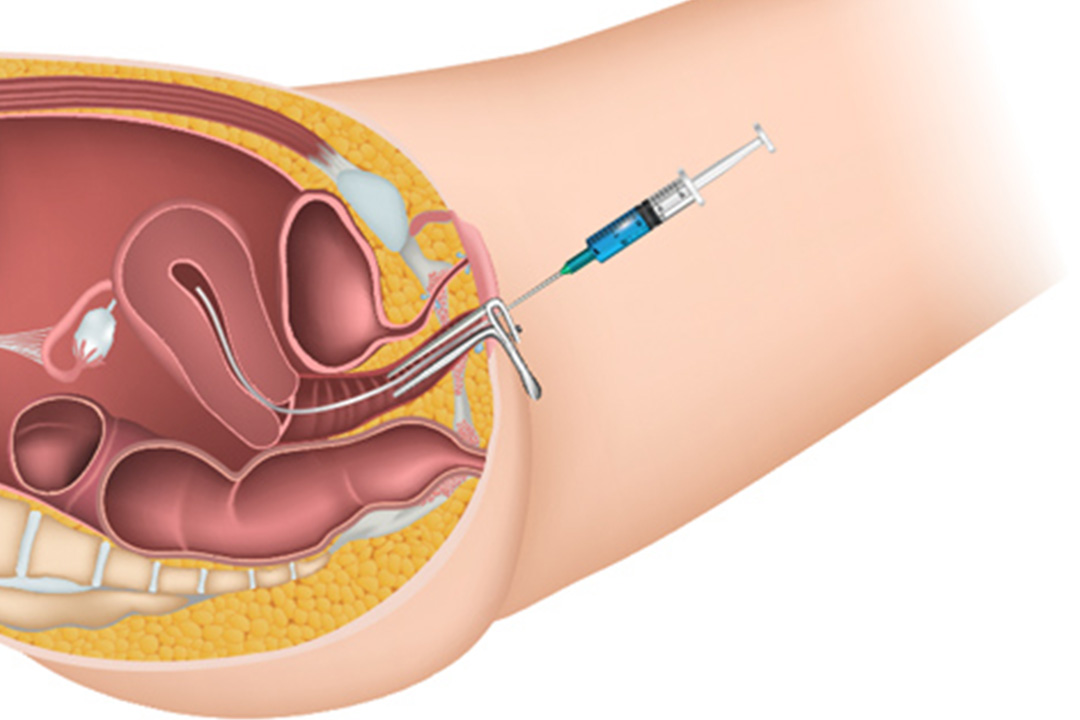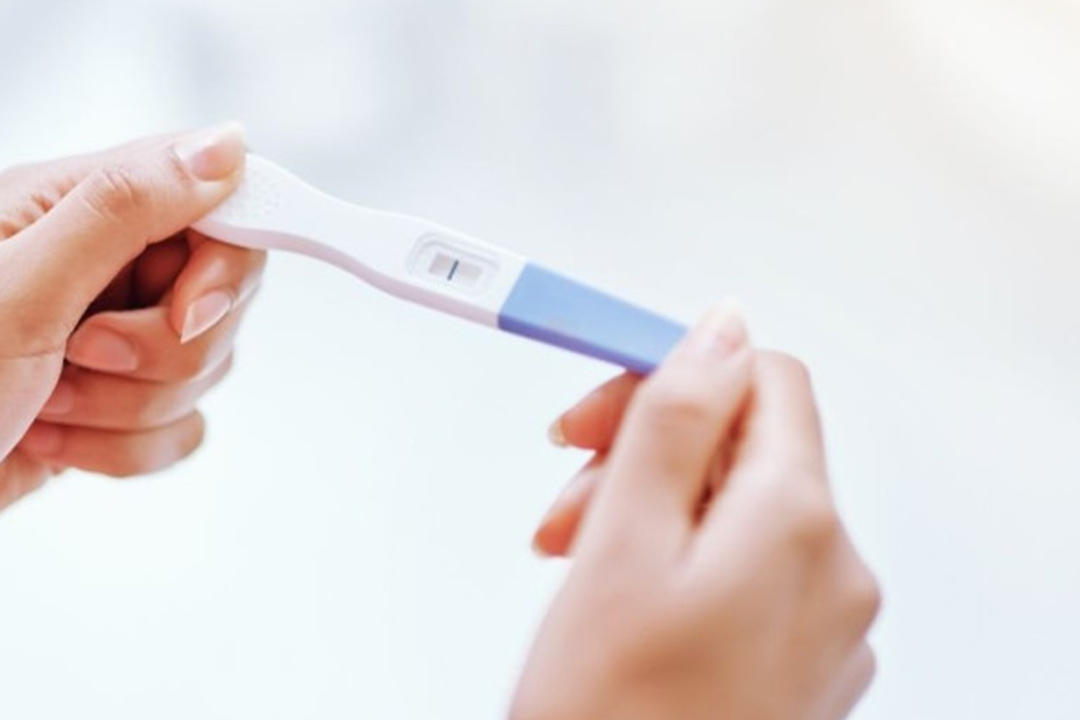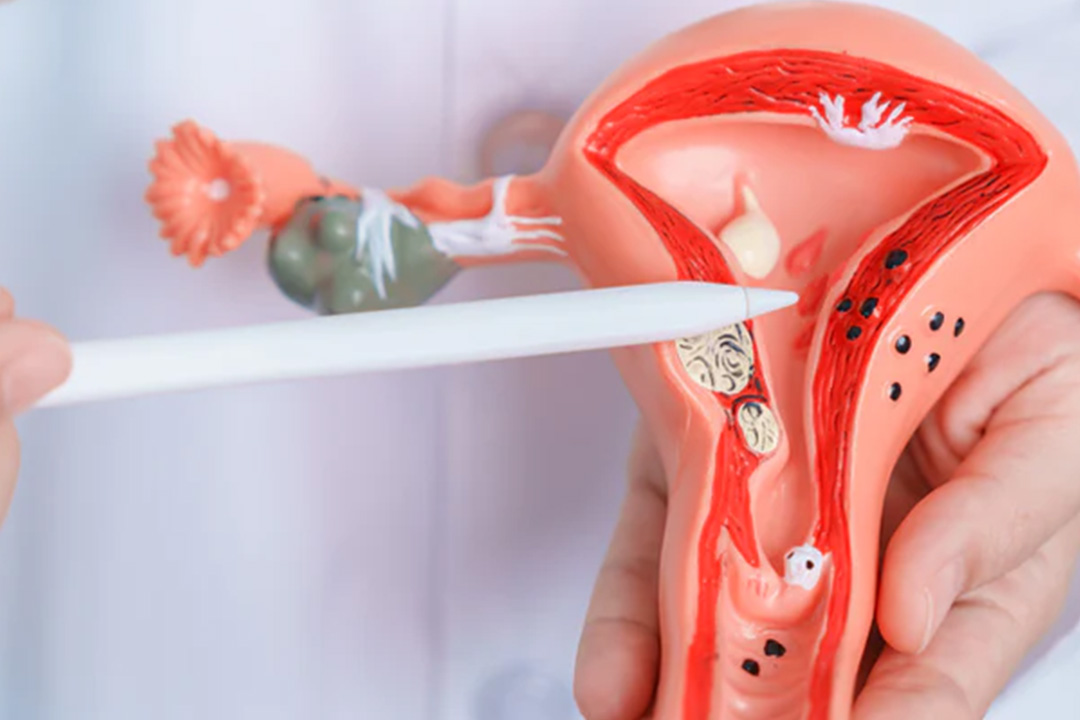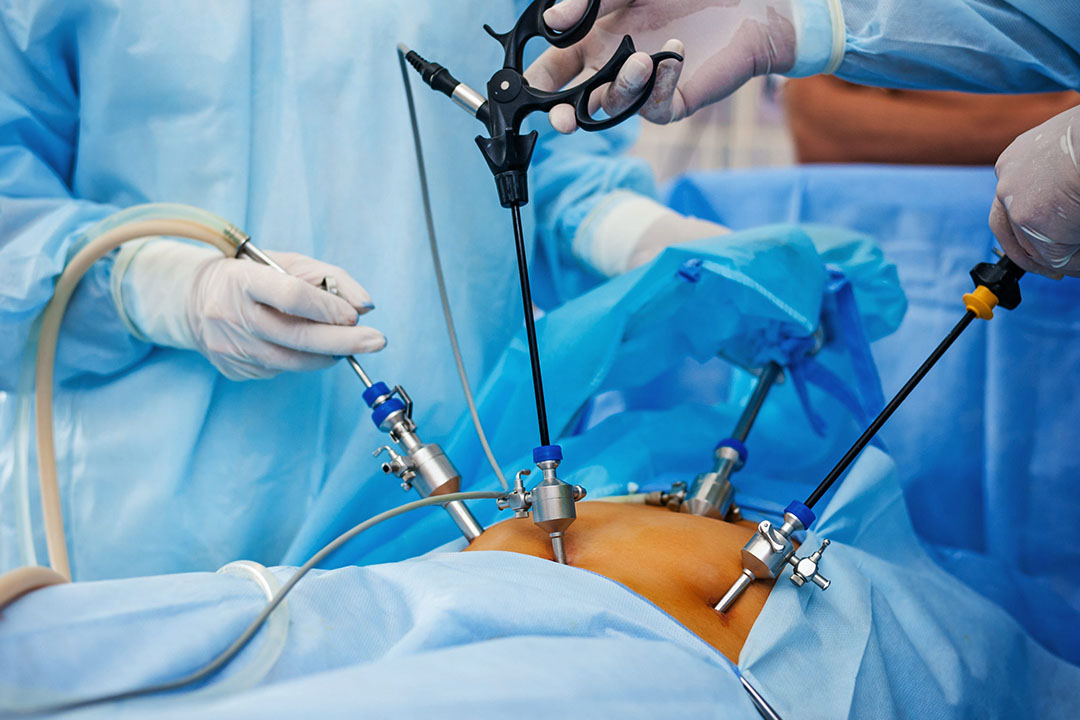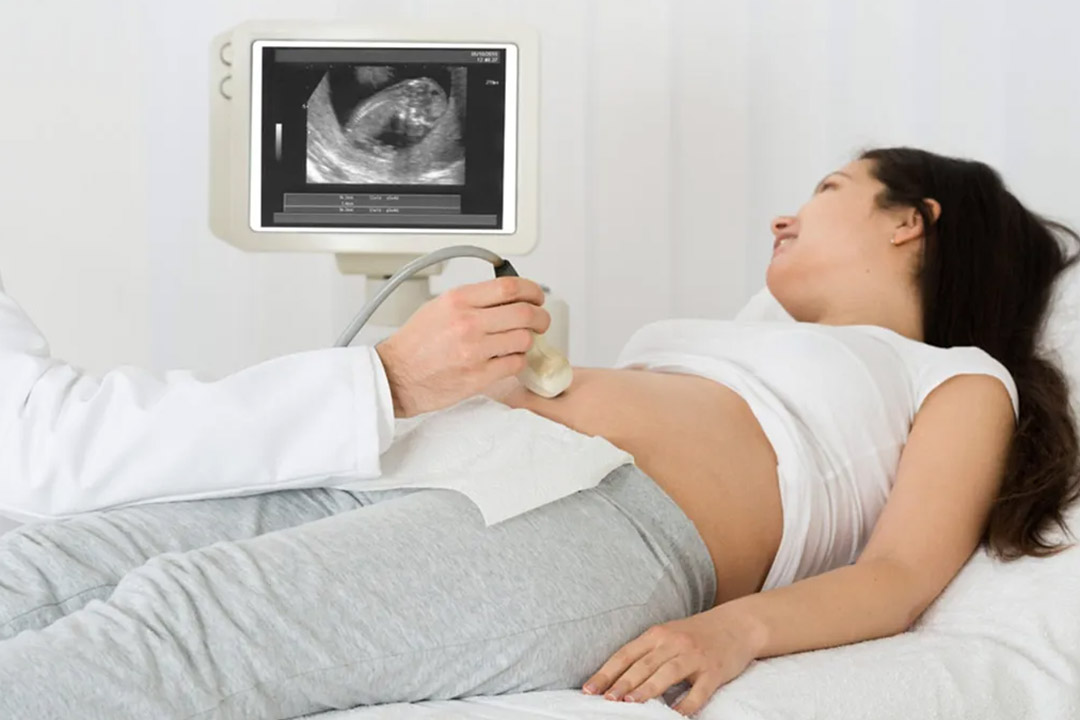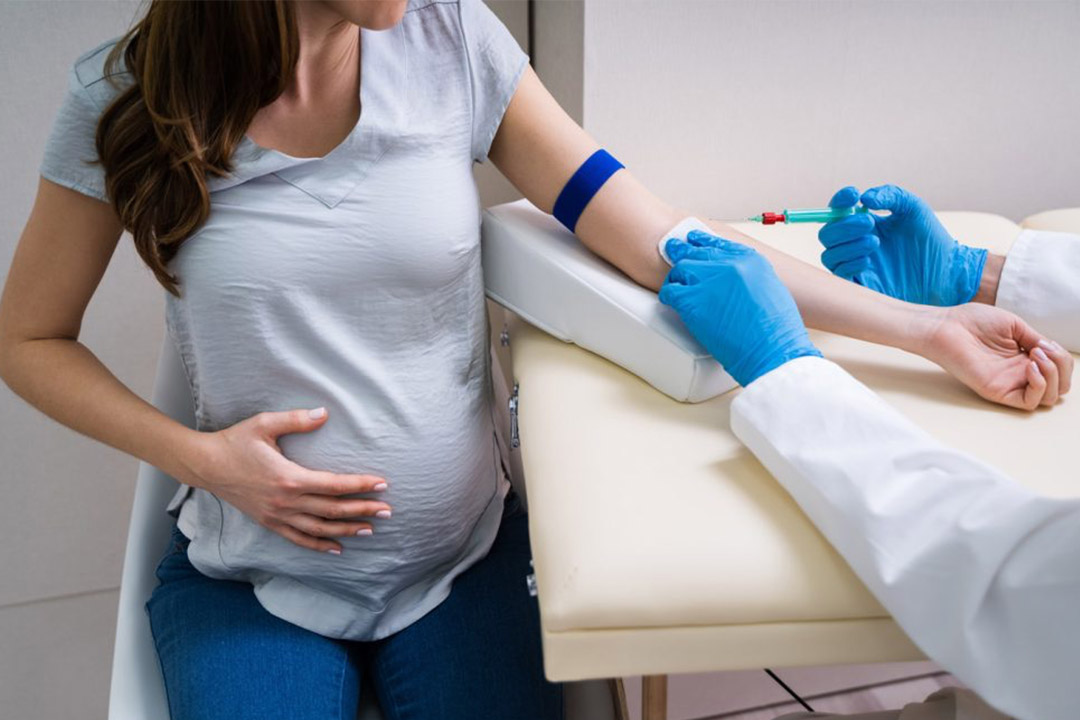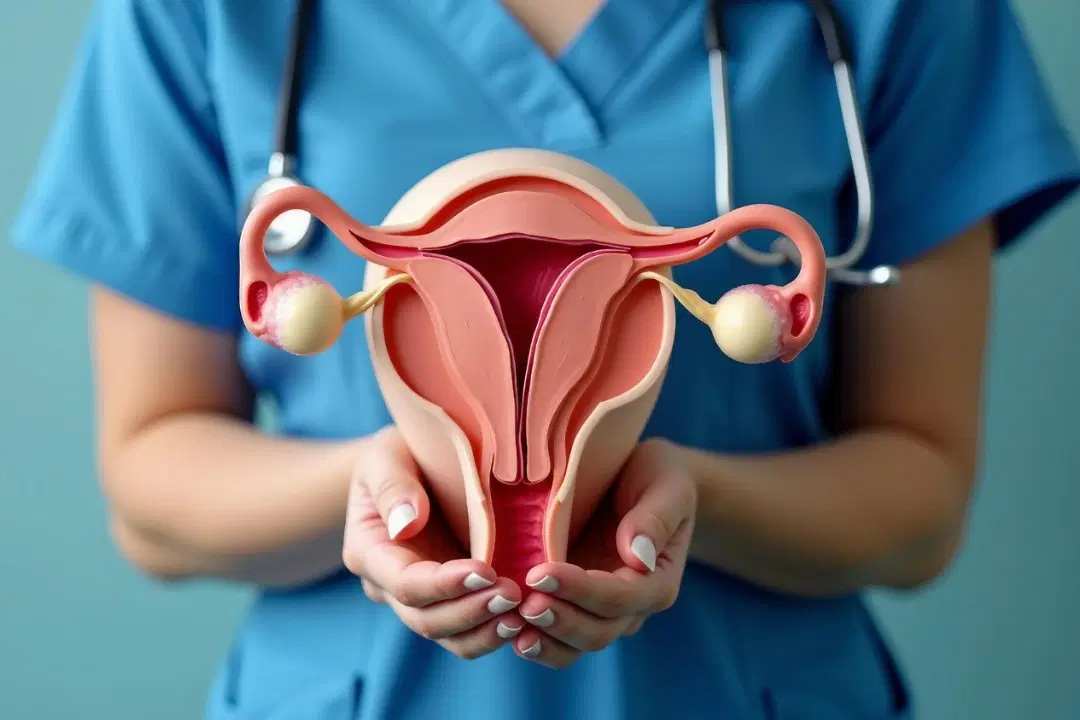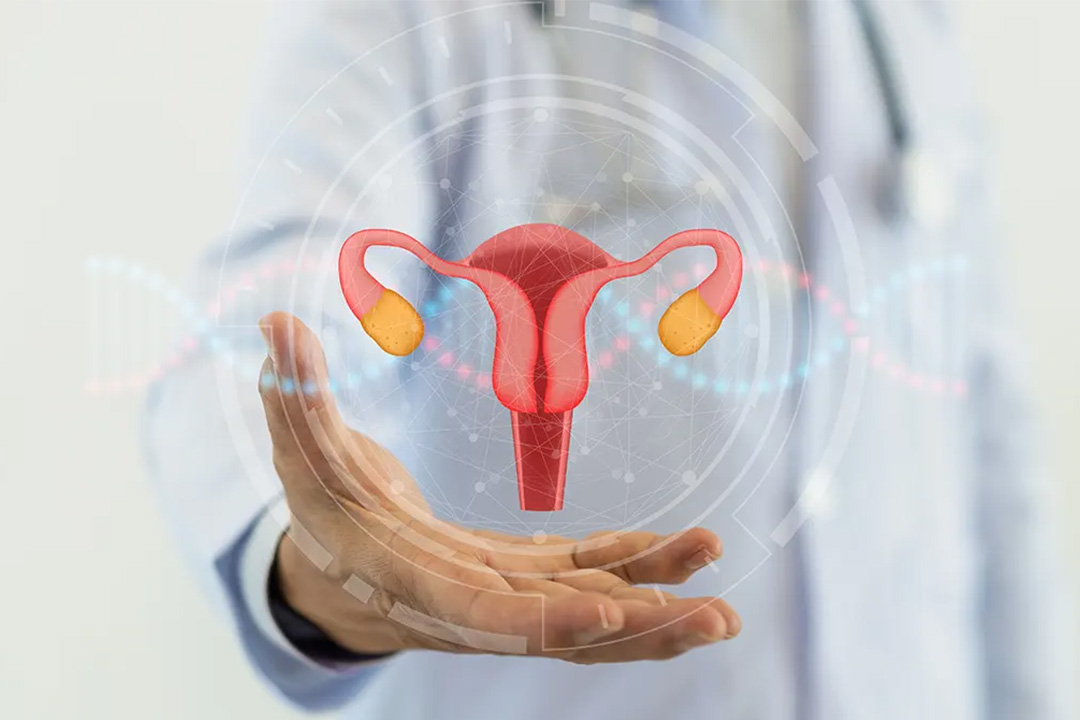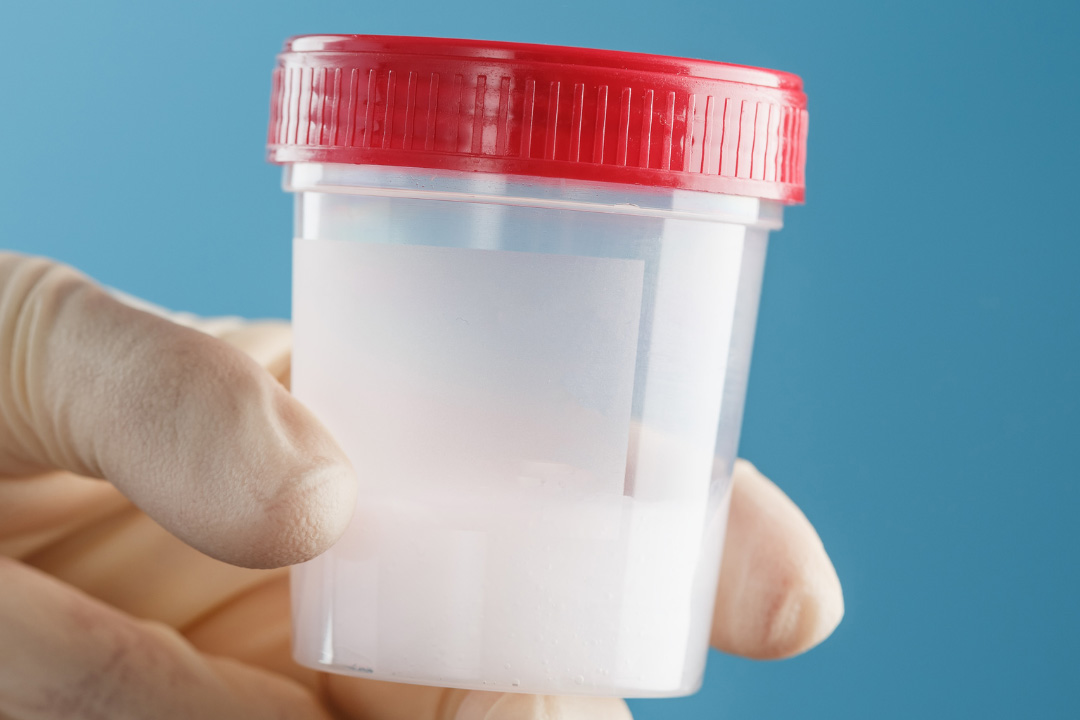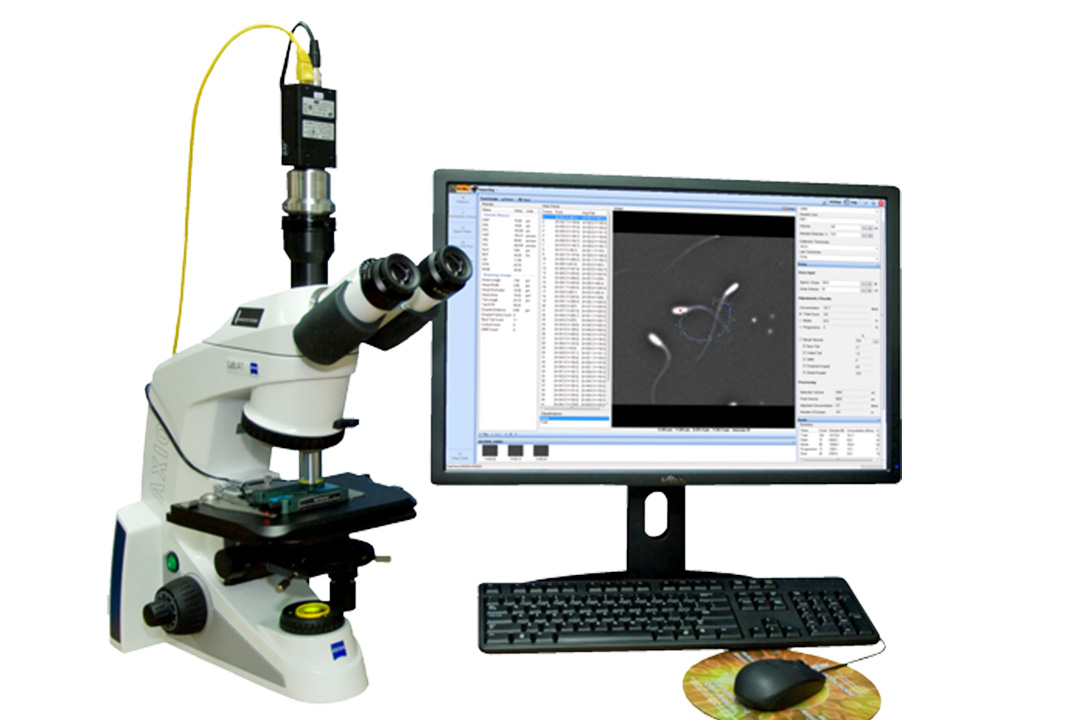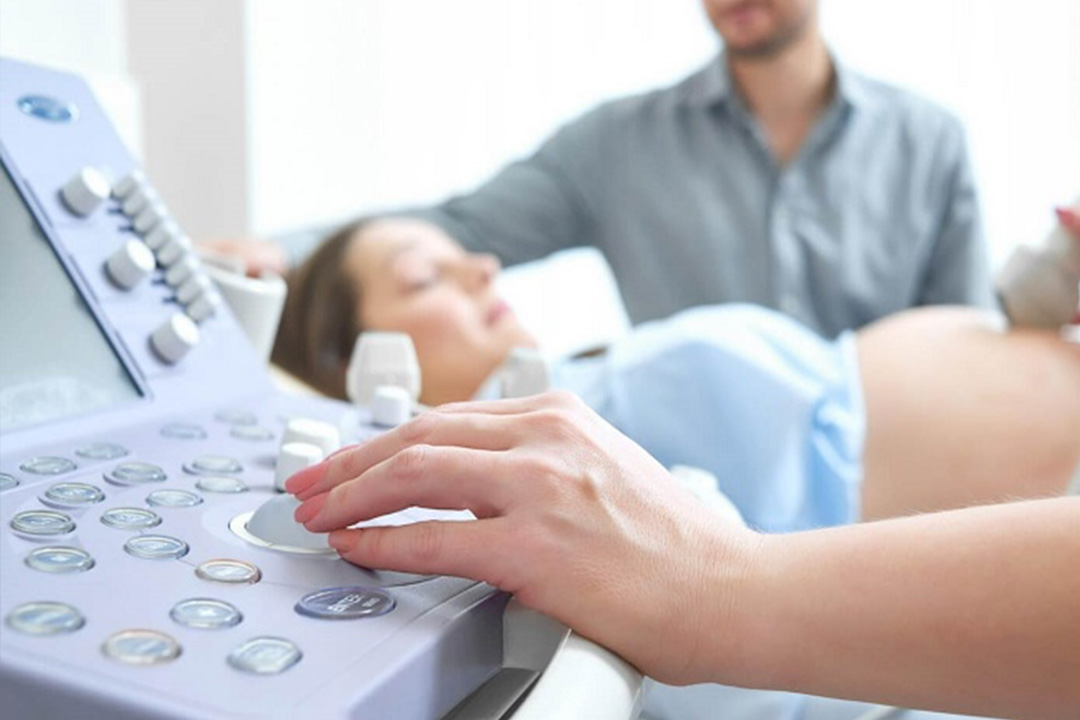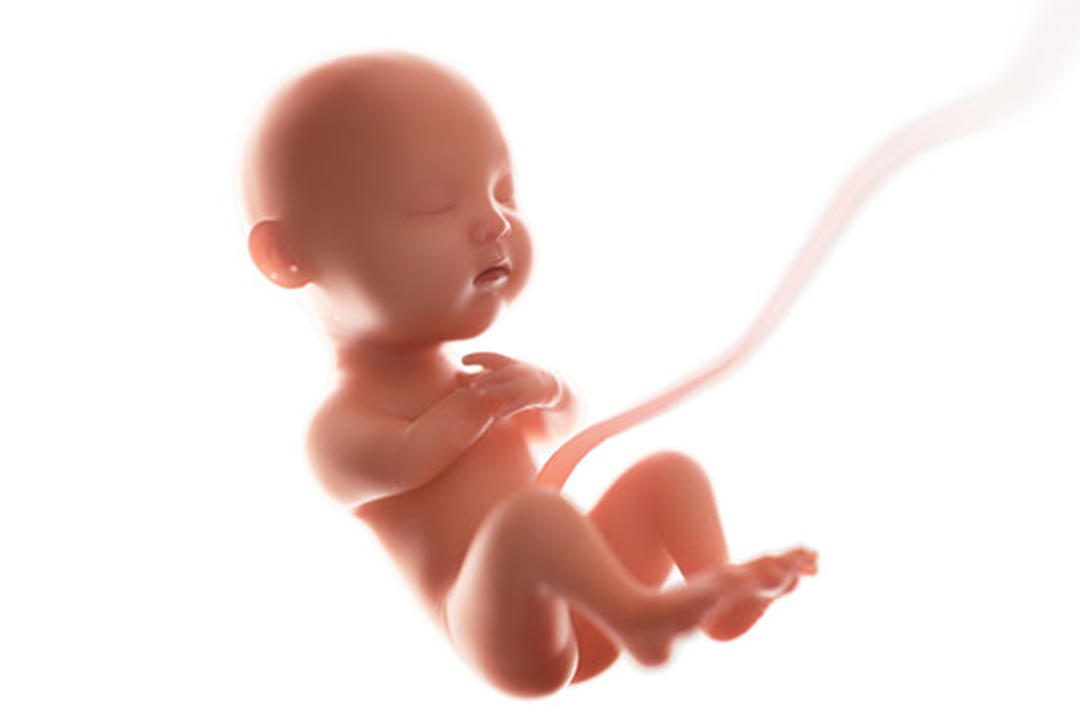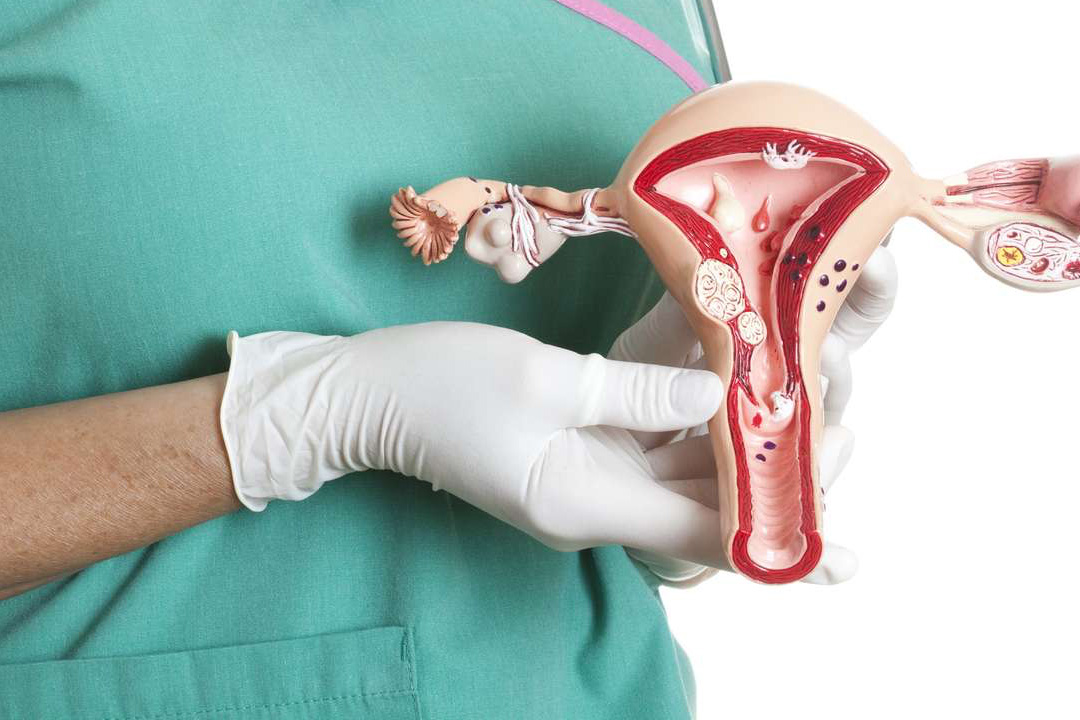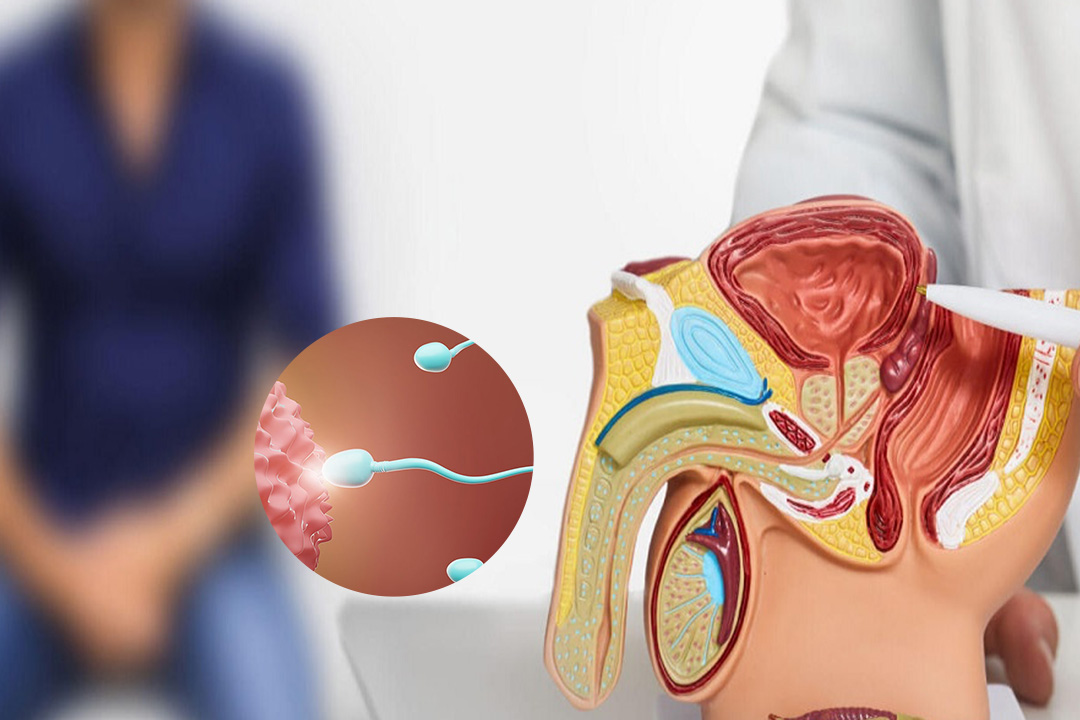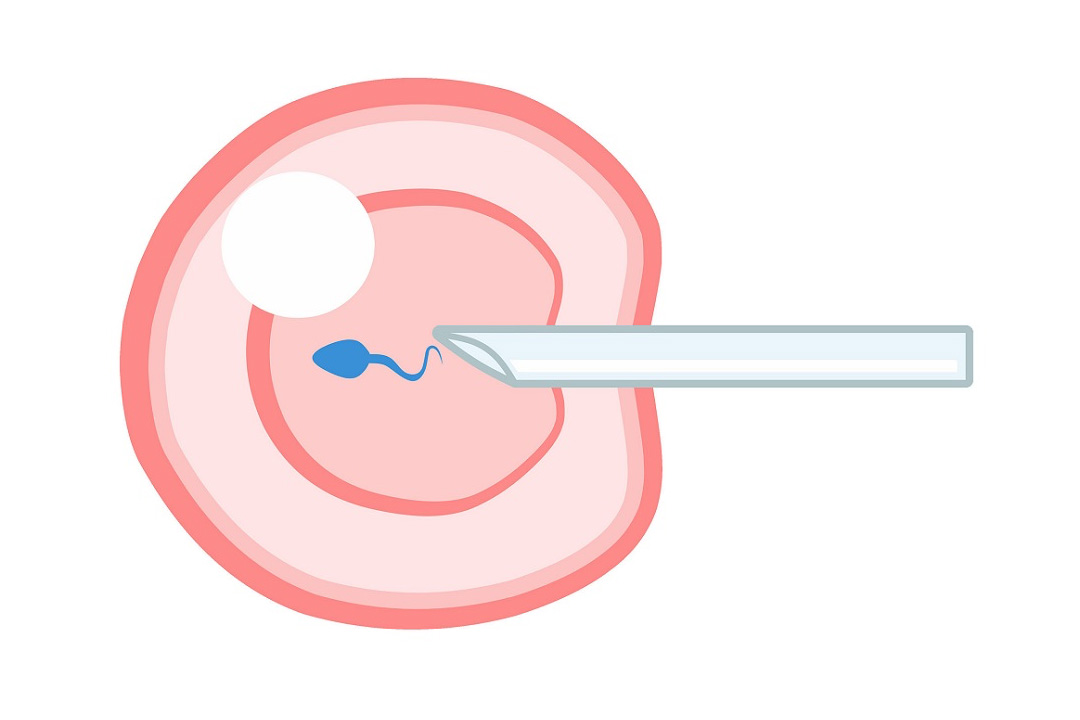Sperm Collection for IVF: A Complete Guide
In vitro fertilization (IVF) gives hope when natural conception becomes challenging. A key step in a successful IVF cycle is obtaining high-quality sperm. Whether you produce sperm naturally or require special techniques, you must follow proper collection guidelines. This guide shows you how to collect sperm for IVF, explains the steps you must follow, and describes the methods available when standard collection does not work.
The Importance of Sperm Collection
Sperm collection plays a critical role in IVF treatment. The quality and quantity of sperm affect fertilization and embryo development. You increase your chances of a successful IVF cycle when you follow your clinic’s instructions closely. Clinics set specific guidelines to keep your sperm in the best possible condition for fertilization.
Your sperm sample fertilizes the eggs in a controlled laboratory setting. When you collect the sperm properly, you improve the chance of forming healthy embryos that implant in the uterus. In short, proper sperm collection builds the foundation for the IVF process.
Preparing for Sperm Collection
Before you go to the clinic, prepare properly. Your fertility clinic gives you clear instructions, which may vary slightly based on your treatment. Common guidelines include:
- You must avoid sexual activity that leads to ejaculation for at least two days and no more than five days before you collect your sperm sample. This window ensures that the sperm remains at its best quality.
- Clinics provide a sterile, nontoxic plastic jar for collecting your semen. Use only this container. Using the correct container protects your sperm from damage.
- Most clinics ask you to collect the sample in the office. They provide private collection rooms to make you feel comfortable. If you must collect the sample at home, check your clinic’s guidelines for safe transport.
- Wash and dry your hands before collection. Some clinics also recommend cleaning your penis and rinsing it thoroughly, then drying it well to remove any soap or water residue that might affect your sperm.
- Do not use lubricants unless your doctor tells you it is okay. Many lubricants harm your sperm.
The Process of Sperm Collection
You usually collect a sperm sample through masturbation. This method is straightforward and typically takes place on the same day as your partner’s egg retrieval. When you arrive at the clinic, you receive the sterile container along with additional instructions.
If you experience any difficulties during collection, notify your physician immediately. Your doctor offers alternative methods if you have trouble producing a sample through masturbation. For example, your doctor may provide a special nontoxic condom for sperm collection during intercourse. Remember, you must not use regular commercial condoms because they contain chemicals that can harm your sperm.
Sometimes, if you cannot produce a sample at all, your doctor might suggest using a vibrator to help trigger ejaculation. These methods give you options so that you always provide a viable sample for the IVF process.
Handling and Transporting the Sample
After you collect the sperm, handle the sample correctly by following these steps:
- Mark the container with the information provided by your clinic. Proper labeling ensures accurate processing.
- Seal the container tightly to avoid leakage. Any loss of the specimen can affect the IVF cycle.
- Follow the clinic’s instructions for delivering the sample. Some clinics require you to bring the sample directly to the laboratory. Inform the lab if you spill any of the sample or if you have taken any medications, including herbal remedies.
Backup Options: Cryopreservation
Some physicians suggest that every man who can produce sperm should consider cryopreservation (freezing a sample) a few days before the day of egg retrieval. This frozen backup sample acts as insurance in case any problems arise on the day of retrieval.
If issues occur with the fresh sample, your team can thaw and use the frozen sample for fertilization. In some cases, if you do not need the backup sample, the clinic may discard it later unless you request that it be saved for future use.
Taking the extra step to freeze a sample adds an extra layer of security to your IVF treatment, ensuring you have options available even if unexpected problems occur.
Sperm Collection in Special Cases
Some men have difficulty producing a sperm sample through masturbation or may find it impossible. In these cases, doctors use alternative methods to obtain sperm. When you cannot ejaculate or produce sperm in your semen (a condition known as azoospermia), your doctor may use surgical procedures to retrieve sperm directly from the testicle or the epididymis.
Testicular Sperm Aspiration (TESA)
Doctors use TESA when sperm is needed for IVF or intracytoplasmic sperm injection (ICSI). Under local anesthesia, a needle goes into your testicle to aspirate a small tissue sample. The lab processes this tissue to extract sperm. Doctors use TESA most often for men with obstructive azoospermia, such as those who have had a vasectomy.
Percutaneous Epididymal Sperm Aspiration (PESA)
Doctors use PESA in a similar way to TESA but target the epididymis, where your sperm mature. This procedure also uses local anesthesia and suits men who have a blockage in the reproductive tract due to infection or past surgery.
Testicular Sperm Extraction (TESE)
TESE requires doctors to make a small incision in your testicle to remove tissue for examination. The lab checks the tissue for sperm. Doctors perform TESE if TESA does not yield enough sperm. They perform TESE with local anesthesia or sedation, depending on your situation.
Microdissection TESE (MicroTESE)
MicroTESE is a more advanced form of TESE. In this procedure, a surgeon uses a special microscope to examine your testicular tissue. The microscope helps the surgeon find the tiny tubules most likely to contain sperm, so doctors remove only a small amount of tissue. MicroTESE proves especially useful for men with sperm production problems. This method increases the chances of finding sperm and minimizes damage to the testis.
Microepididymal Sperm Aspiration (MESA)
Doctors use MESA for men with a blockage in the vas deferens or epididymis, such as those with congenital bilateral absence of the vas deferens. Under general anesthesia, a surgeon uses a microscope to retrieve sperm from the epididymis. MESA can collect a larger number of mature sperm compared to simple aspiration techniques. Doctors often freeze the collected sperm for future use.
Following Clinic Instructions
Every clinic sets its own protocols for sperm collection. You must follow these instructions exactly. Your clinic’s guidelines help you keep the sample healthy and make the process run smoothly. If you face any problems during collection such as difficulties producing a sample or issues with the container, notify your physician immediately. Your doctor may offer alternative methods to help you collect a viable sample.
Always inform the clinic if you take any medications or herbal remedies, as these might affect your sperm quality. Being open and honest with your medical team helps them adjust your treatment plan if needed.
The Role of Medications and Antibiotics
Some IVF programs require you to take an antibiotic before sperm collection. This step prevents infections that could affect your sperm quality. Follow your doctor’s instructions regarding any medications you must take before the procedure. These medications form part of the overall plan to maximize your chances of success during IVF.
What to Do If You Have a Zero Sperm Count
If you have no sperm in your ejaculate (azoospermia), your options for sperm retrieval differ from those for men who can ejaculate normally. In these cases, a urologist performs a surgical procedure to extract sperm directly from your testis or epididymis. This process, called surgical sperm harvesting, differs entirely from a diagnostic testicular biopsy. In sperm harvesting, doctors focus on retrieving any sperm present rather than diagnosing a testicular problem.
Men with obstructive azoospermia often have the blockage removed. If doctors cannot remove the blockage, they use techniques like TESA, PESA, TESE, or MicroTESE. The choice of method depends on whether your sperm issue stems from a blockage or a production problem.
The Limitations of Sperm Harvesting
Even with advanced techniques, doctors cannot always guarantee that they will find sperm. Genetic testing and hormonal studies give clues about your chances, but they do not offer absolute answers. The pattern of sperm production observed during a diagnostic testicular biopsy may help predict success, but no test can guarantee the presence or absence of sperm in future attempts.
Your doctor uses all available tests and evaluations to decide on the best approach. Even if doctors find sperm during one procedure, they cannot be sure that future cycles will yield the same results. This uncertainty is why having a backup plan, such as cryopreservation, makes good sense.
Conclusion
Sperm collection for IVF is more than just a simple task. It is a carefully managed process that demands your full attention and strict adherence to instructions. By understanding the steps, preparing properly, and following the guidelines, you help ensure that your sperm remains viable and healthy for fertilization.
Every couple’s journey remains unique. If you face challenges during sperm collection, know that many options exist. Your doctor and fertility team stand ready to support you and make adjustments as needed. Trust the process and stay patient as you work toward your dream of building a family.
About Us
AKsigen IVF is a premier center for advanced fertility treatments, with renowned fertility experts on our team. Specializing in IVF, ICSI, egg freezing, and other cutting-edge reproductive technologies, AKsigen IVF is committed to helping couples achieve their dream of parenthood. With personalized care and a patient-first approach, AKsigen IVF provides comprehensive fertility solutions under one roof.





